Discover Nachi Falls, Japan’s tallest waterfall, featuring breathtaking views and a deep spiritual heritage, and explore its historical allure.
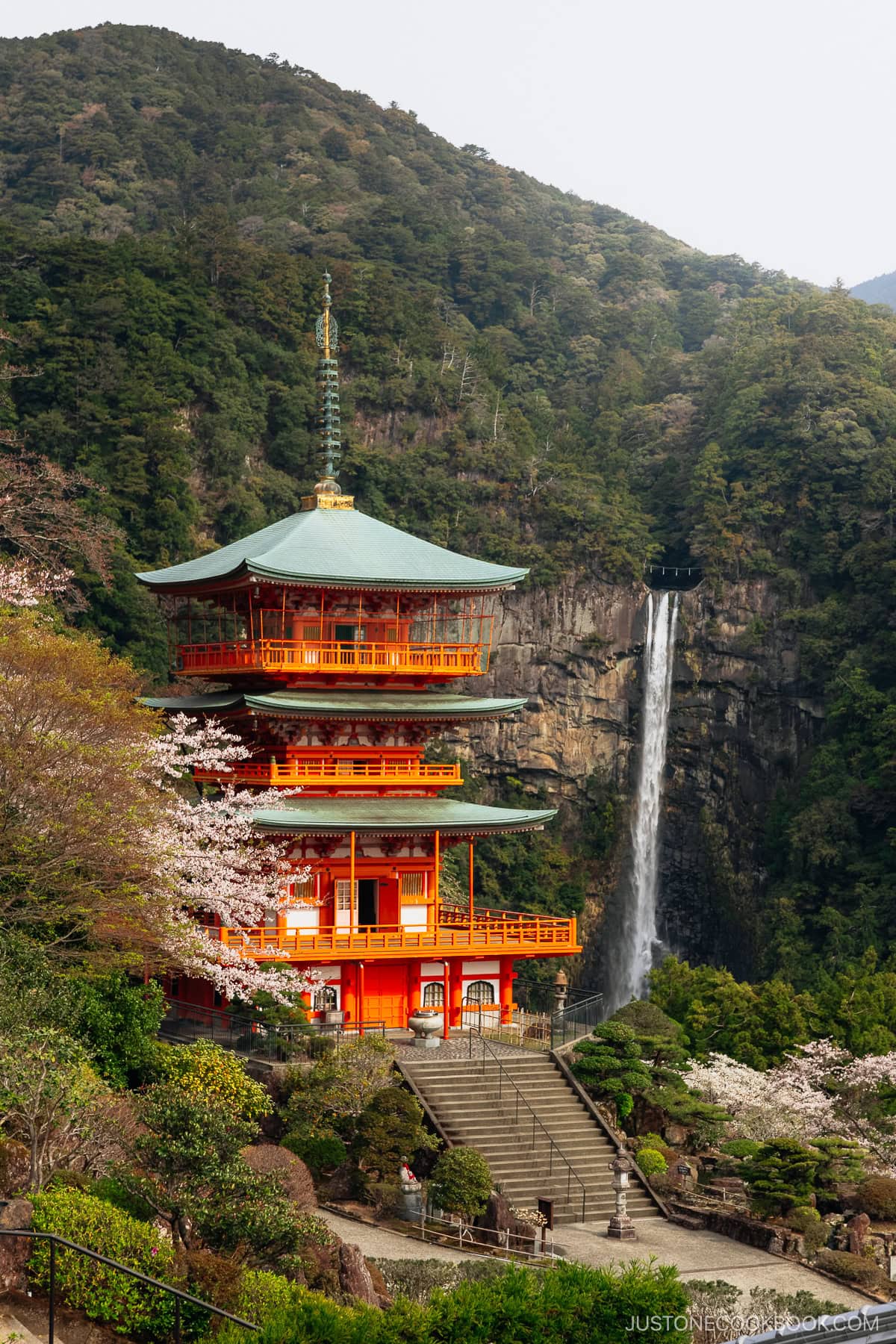

Nachi Waterfall, also known as Nachi no Taki or Nachi Falls, is Japan’s highest waterfall, standing at an impressive uninterrupted drop of 436 feet (133 meters). Located in Wakayama Prefecture, the waterfall and the three-story pagoda known as Seigantoji is an iconic scene in Japanattracting visitors from across the globe.
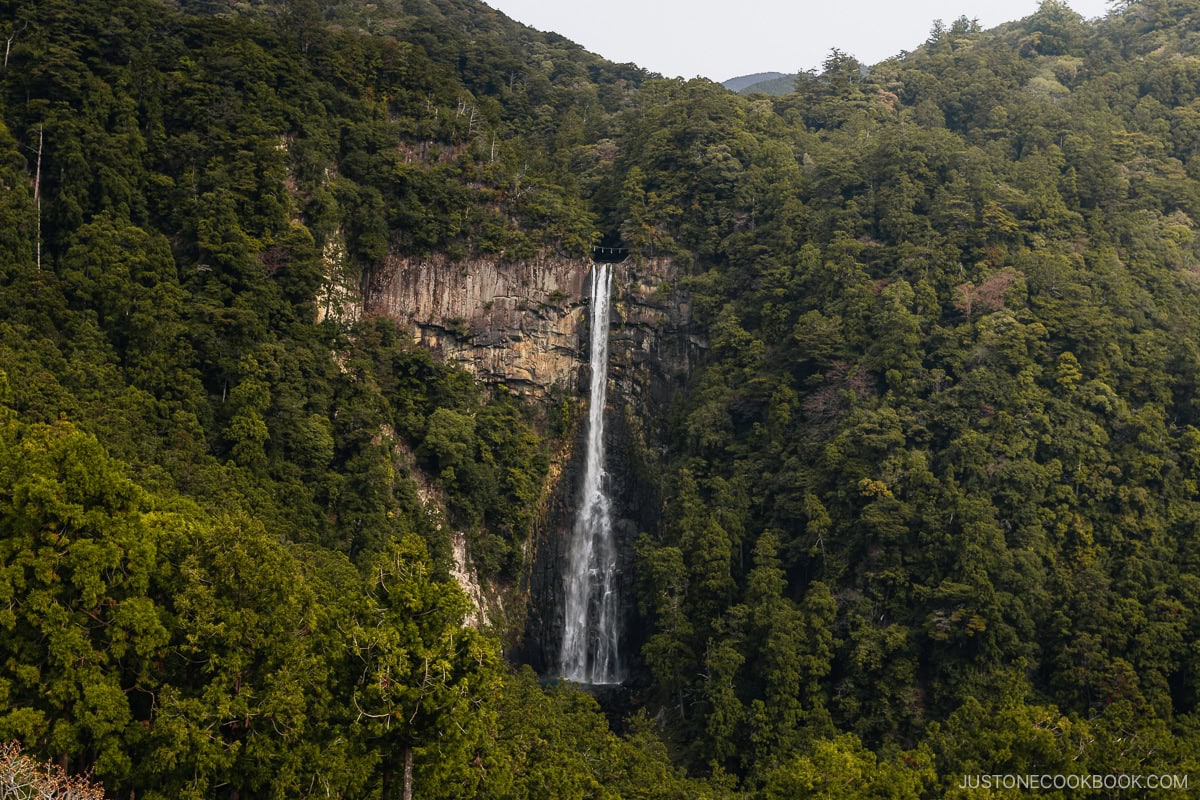

However, the picturesque view is just a small part of the intertwining complex of sacred sites, shrines and temples, and pilgrimage routes, creating a harmonious mix of Buddhism and Shintoism. The area is a profound spot of spirituality, religion, and history, which was eventually designated as a UNESCO World Heritage Site in 2004.
If the scenery couldn’t get any better, I visited in spring, just as the cherry blossoms were in full bloom! So, let’s get exploring!
How to Get to Nachi Falls
Nachi Falls can easily be accessed by car, taking approximately 15 minutes from Nachi Sation. Many different car parking lots are available around the area, ranging from 500 to 1000 yen for the day. They are often full, so I highly recommend getting there early, around 8 am, to secure a spot.
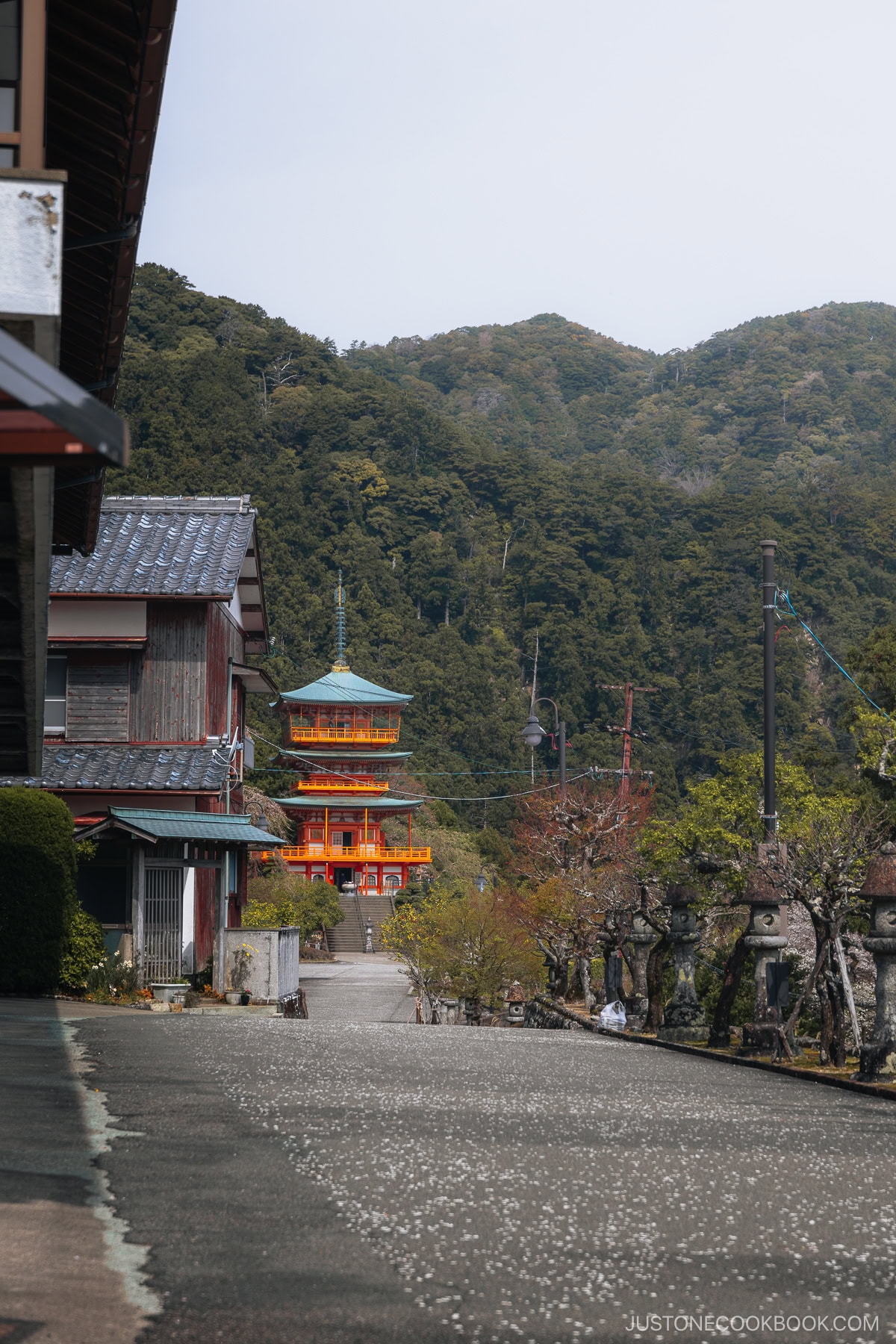

Alternatively, you can catch the Nachisan Line bus from Kii-Katsuura Station, which takes approximately 30 minutes and costs 630 yen one way (price in 2024). It also passes through Nachi Station along the way, so you can board from there.
The bus stops at Daimonzaka Trail, an ancient cobblestone staircase slope at the base of the valley to the Nachi Falls area. There are 267 stairs covering approximately 600 meters, with a further 20 minutes leading to Kumano Nachi Taisha. From here, I recommend walking down the complex and stopping by each spot listed below.
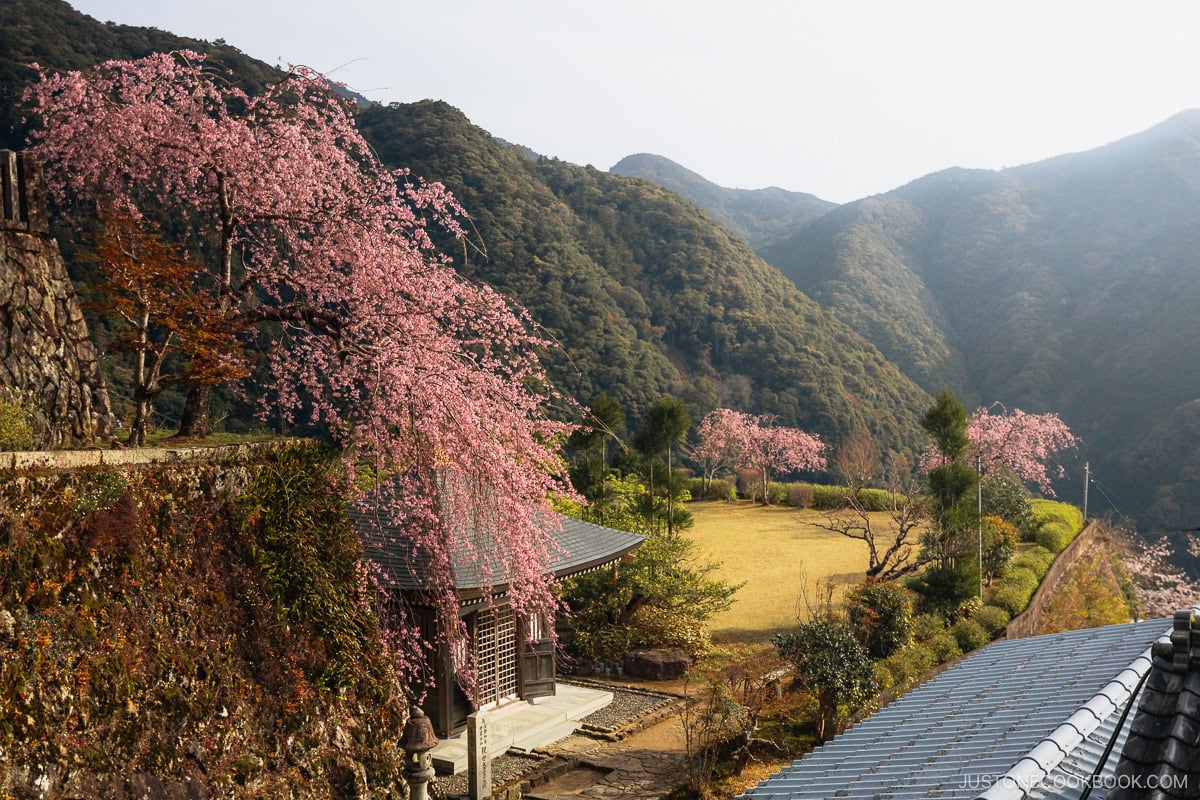

If you don’t want to hike Daimonzaka Trail, the bus stops further up at Nachi-no-taki-mae (in front of the waterfall) and ends at Nachisan bus stop, so you can explore from there. The last bus back to Kii-Katsuura Station is at 6:04 pm (subject to change depending on the season), so make sure you don’t miss it!
Is Nachi Falls Accessible as a Day Trip?
If you stay close to major cities such as Nagoya and Osaka, Nachi Falls is accessible as a day trip by car, but I do not recommend it. It takes over four hours one way from both cities, so unless you leave early (and love driving), it will be difficult to manage in one day. Furthermore, parts of the area close around 4:30 pm, and sunset is around 5-6 pm, depending on the season.
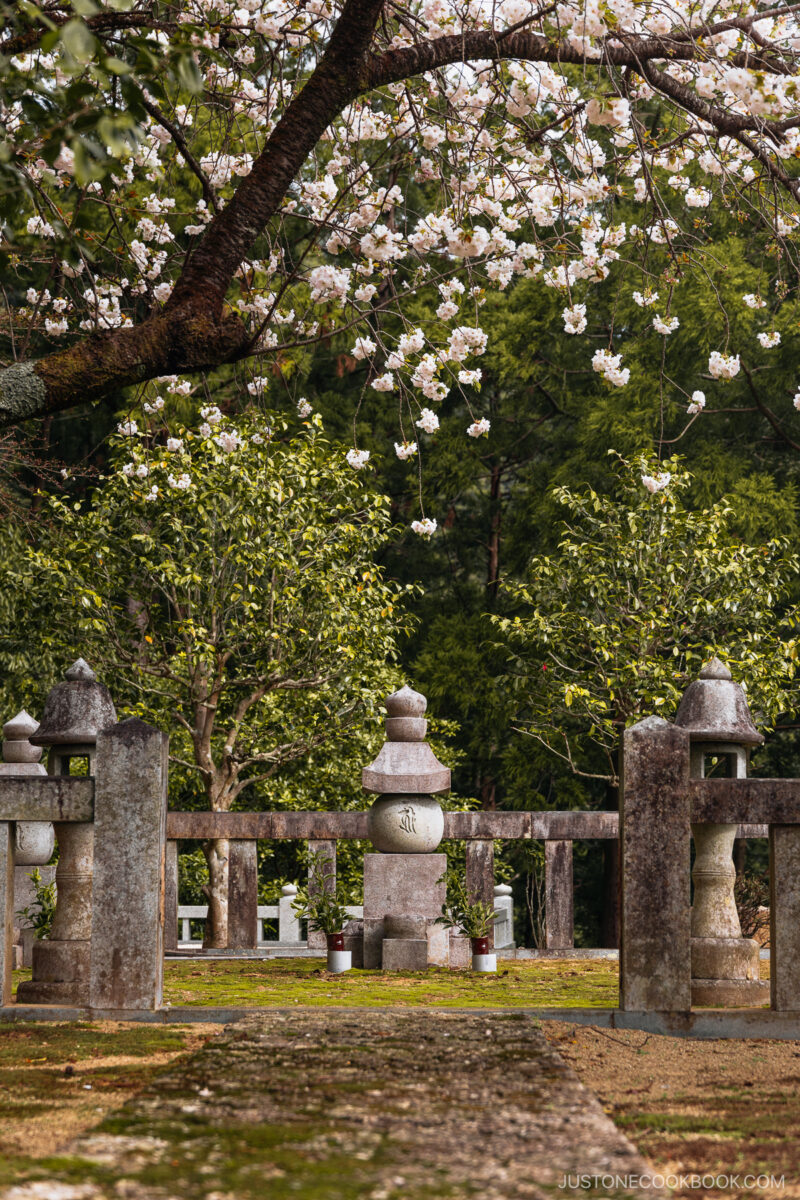

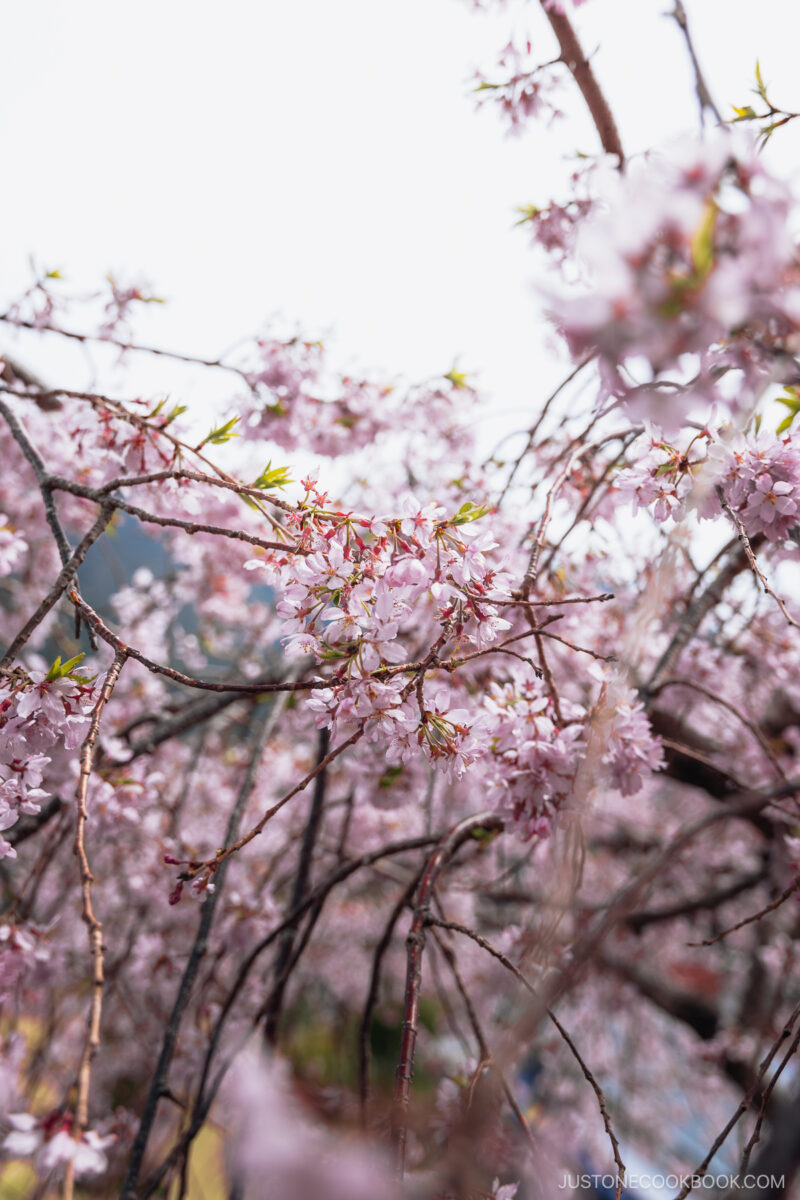

Instead, I highly recommend staying in the nearby town of Katsuura, between Nachi and Kii Katsuura Station. Here, you can find various ryokans (traditional Japanese inns) and hotels along the bay with ocean views and onsens, offering a tranquil setting for a relaxing stay. By catching the bus or driving the following morning to the waterfall, you’ll have plenty of time to explore the whole area, filled with stunning natural beauty, at a leisurely pace. I stayed at Kamenoi Hotel Nachi Katsuurawhich has an ocean view. While arriving late in the evening, it was a pleasant stay with a great onsen.
Kumano Nachi Taisha and Kumano Faith
The first and most important site is Kumano Nachi Taisha (English Empire), dating back over 1,700 years. It is part of the Kumano Sanzan, a trio of significant shrines in the Kumano region. Along with Kumano Nachi Taisha are Kumano Hongu Taisha and Kumano Hayatama Taisha.
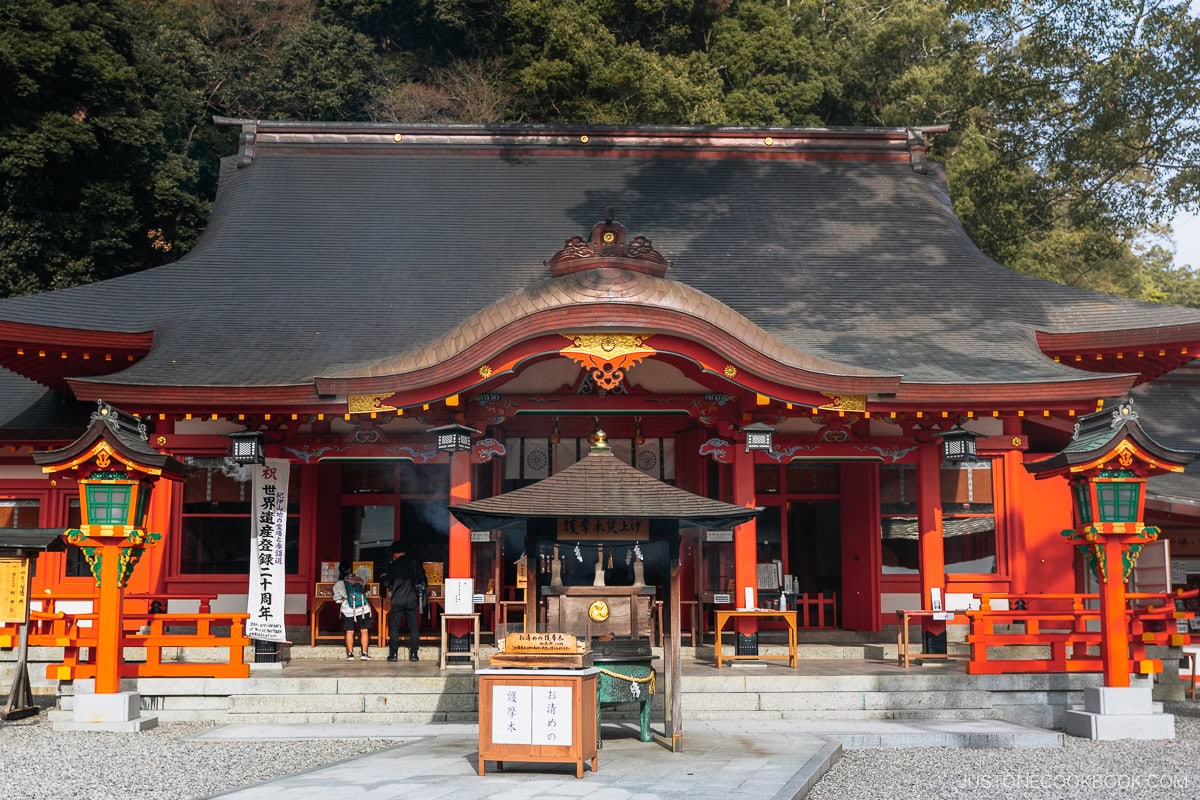

These three shrines are situated deep in the Kii Mountain Range. An area sometimes referred to as the land of the gods. It is said that walking the trail is a life-changing spiritual experience. This profound sense of spiritualism and mystery developed into the Kumano faith, which grew in popularity, peaking in the late Heian (794-1185) and Kamakura period (1185-1333). Emperors and members of the imperial family would make pilgrimages to Kumano as it was believed they would receive great merit.
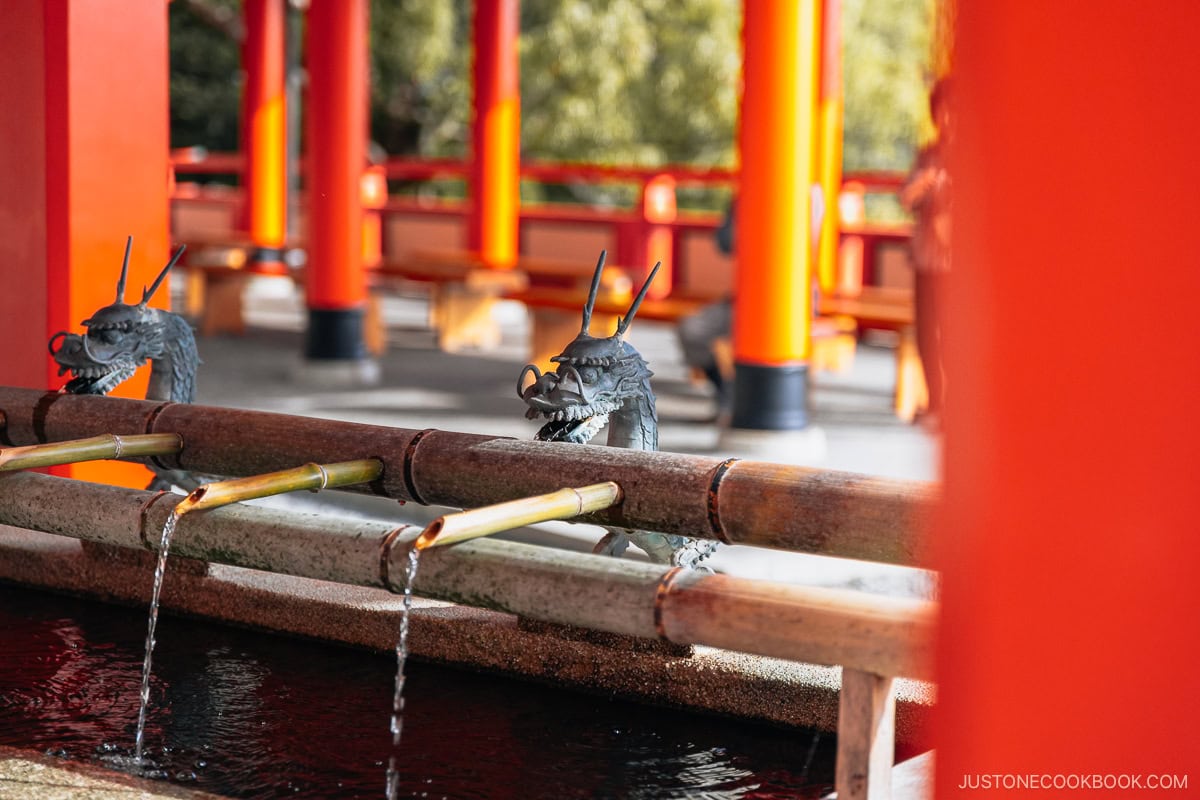

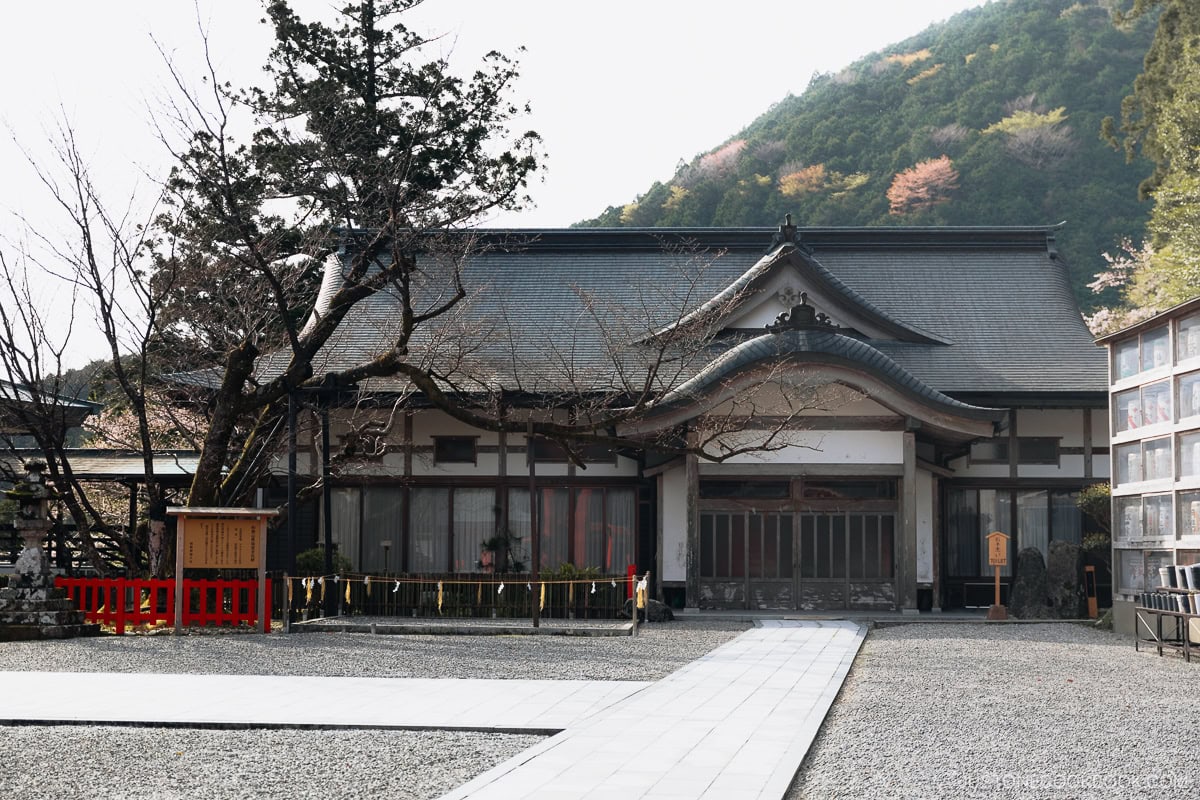

One of the core aspects of the Kumano Faith was its openness and acceptance of new deities and beliefs. Buddhism’s arrival after the 6th century allowed the coexistence of Shinto and Buddhist deities. This continued until the Meiji government issued a proclamation ordering the separation of the two religions in 1868.
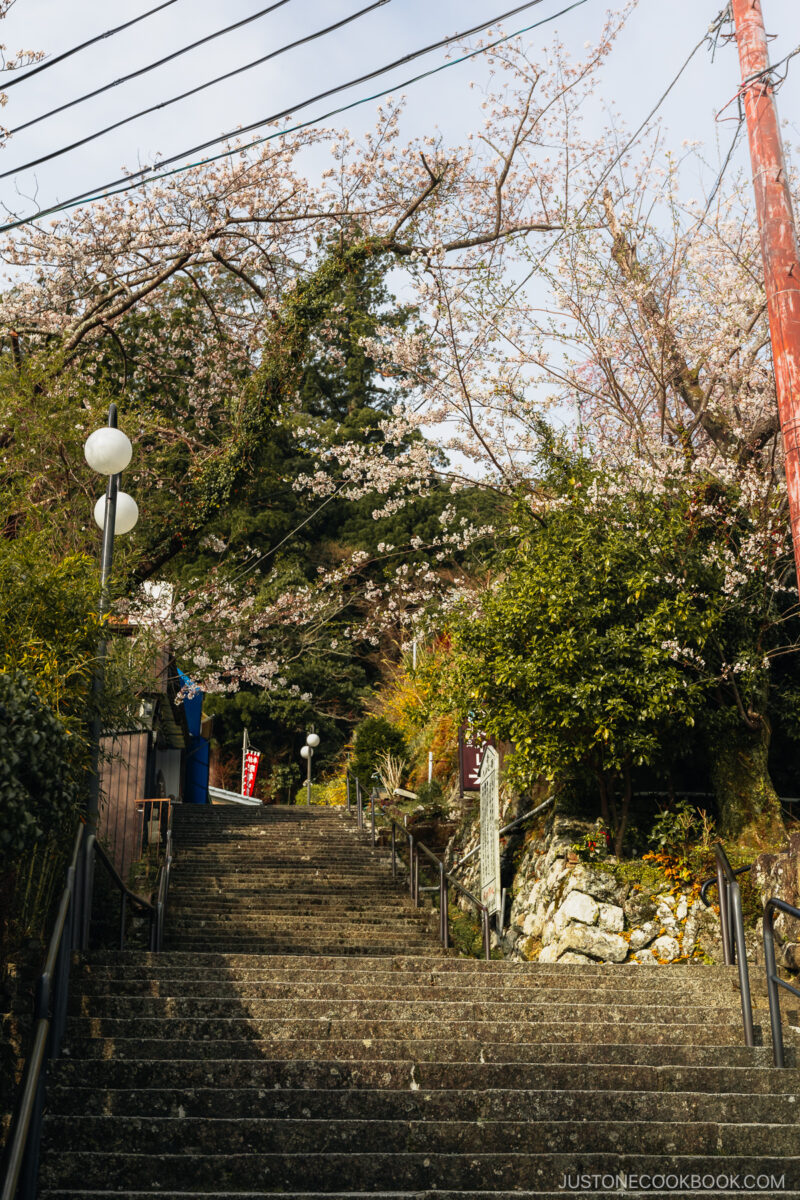

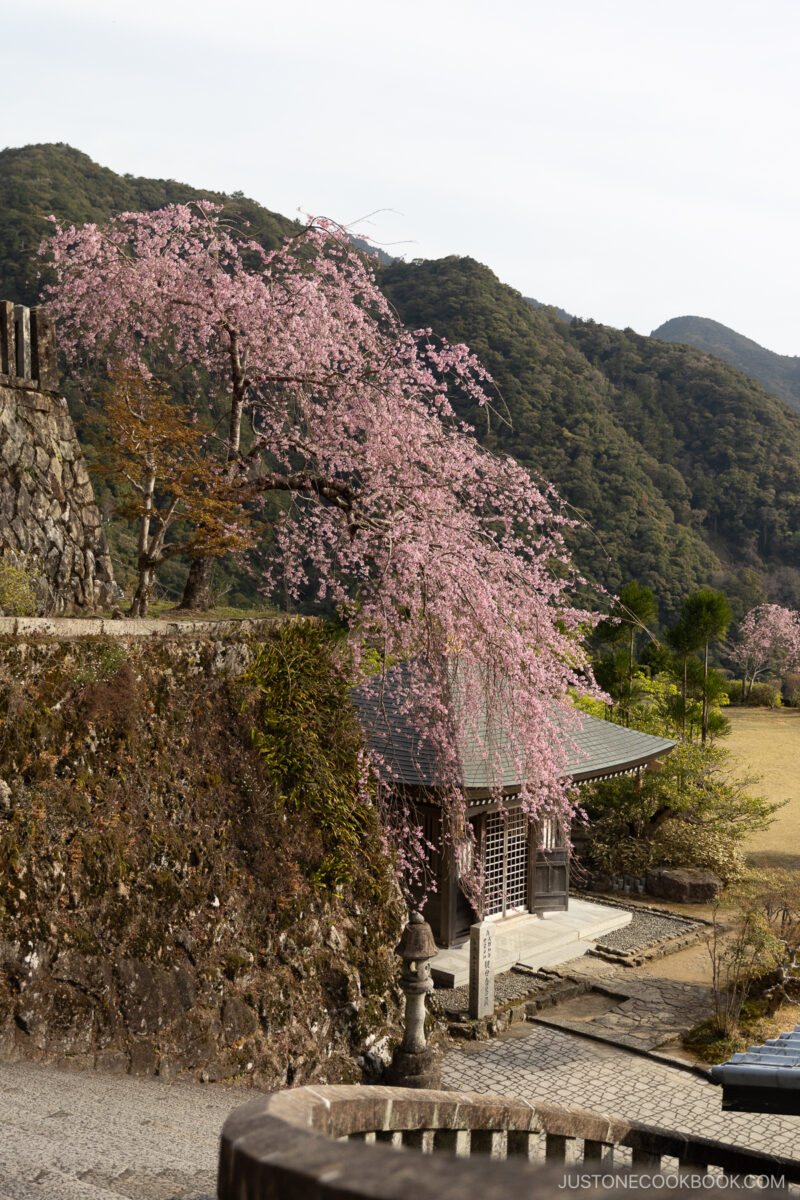

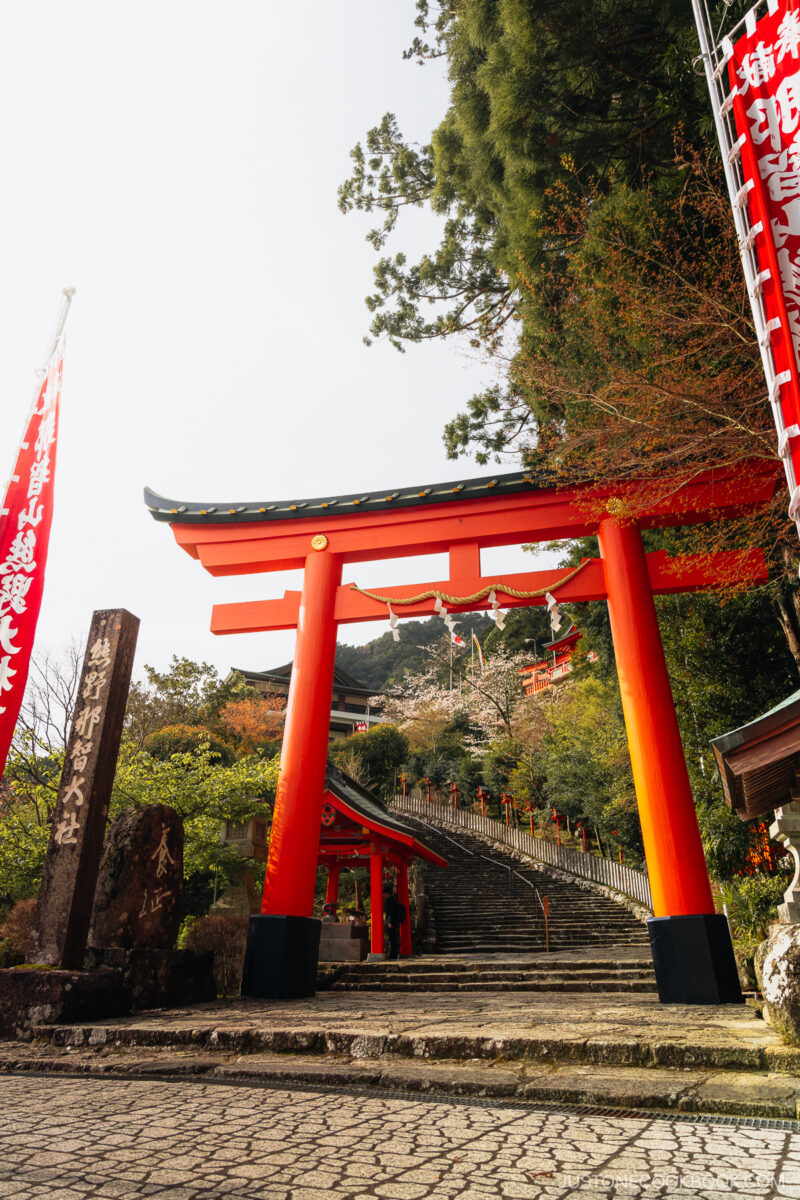

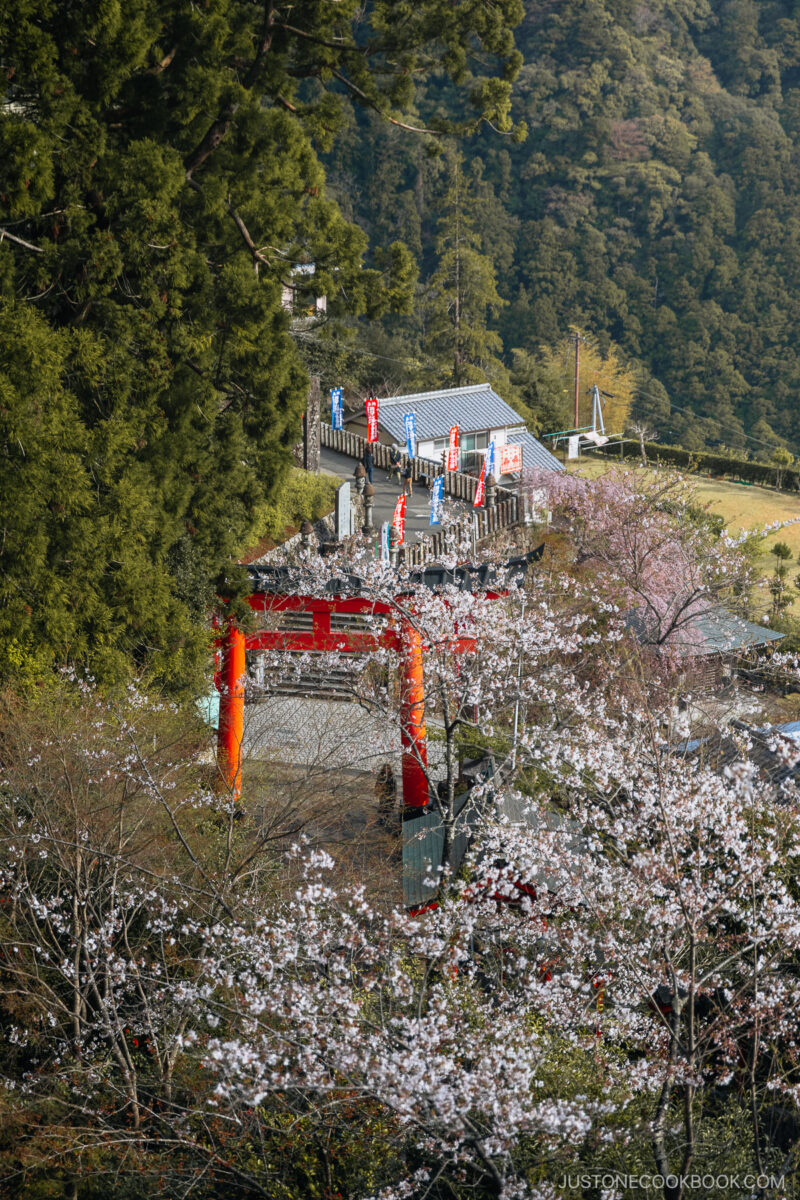

To get to Kumano Nachi Taisha, you’ll have to climb a lot of stairs. And I mean a lot. The entrance is marked by a large torii gate, with even more stairs.
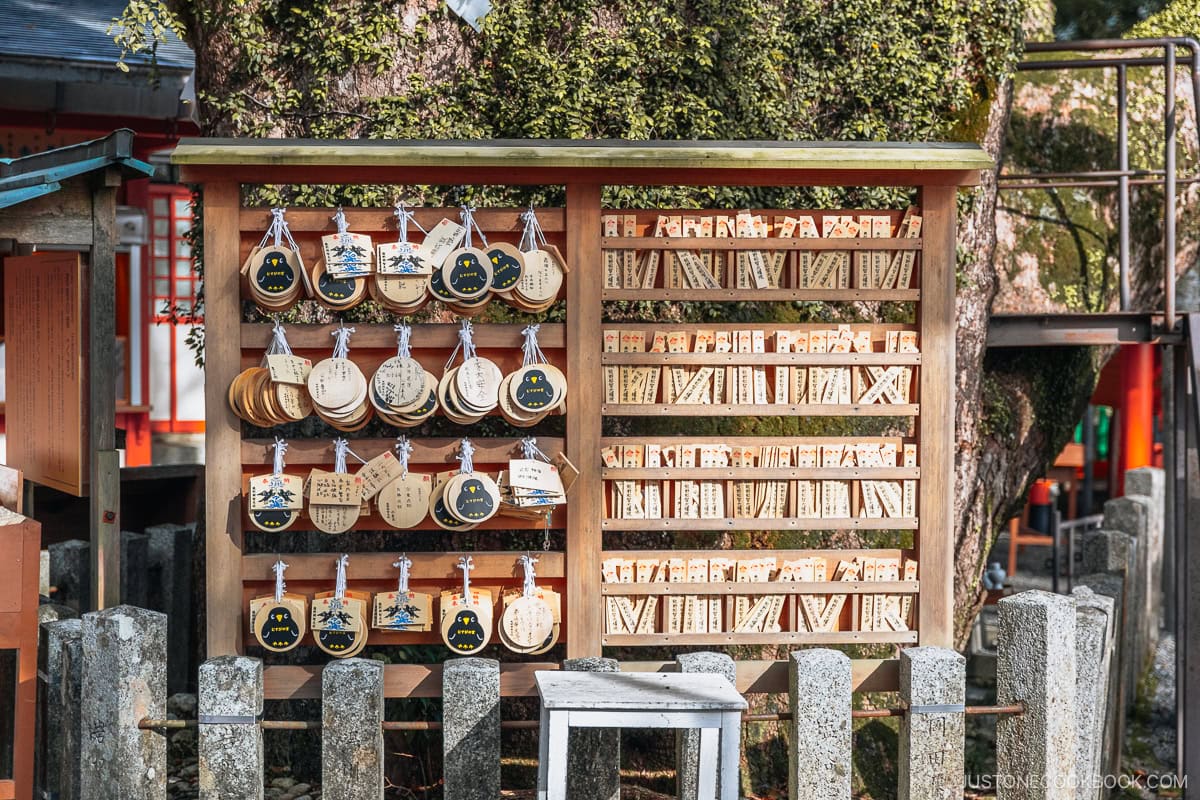

Inside the grounds, you’ll find an 850-year-old camphor tree believed to have been planted by Taira no Shigemori (1138 -1179), the eldest regent of the Taira clan.
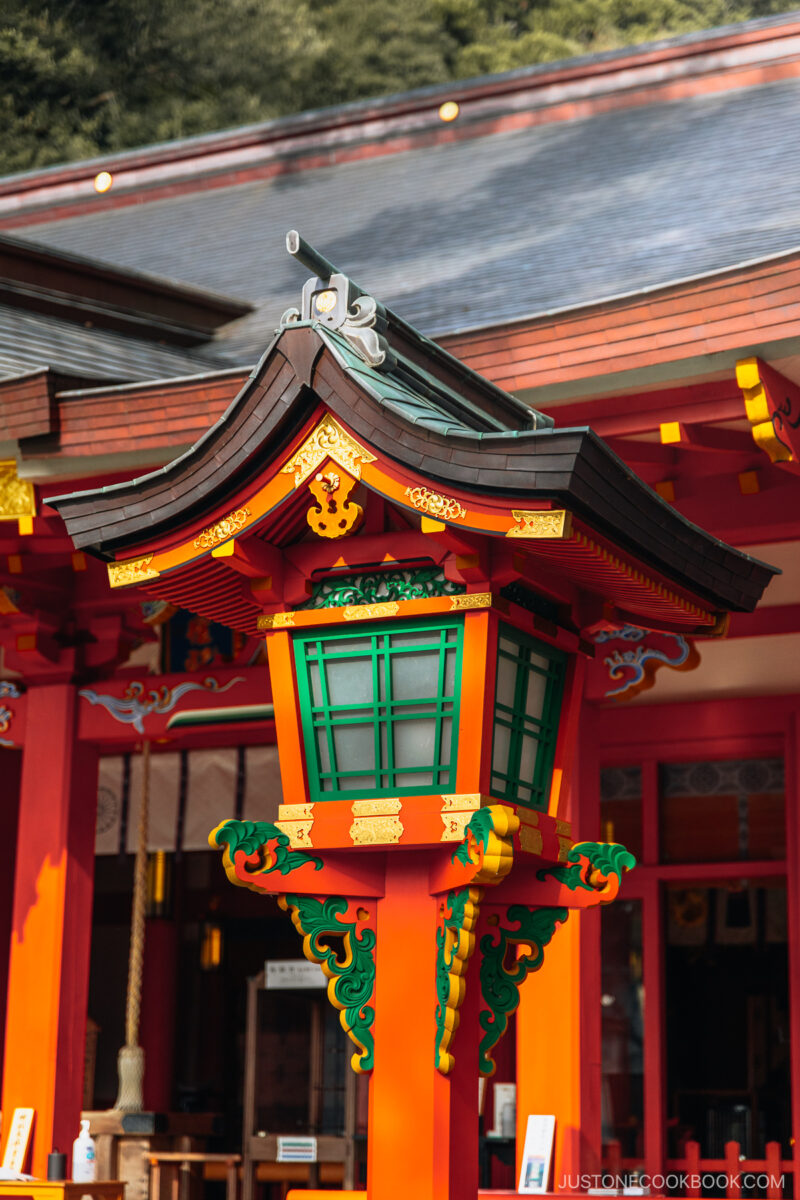

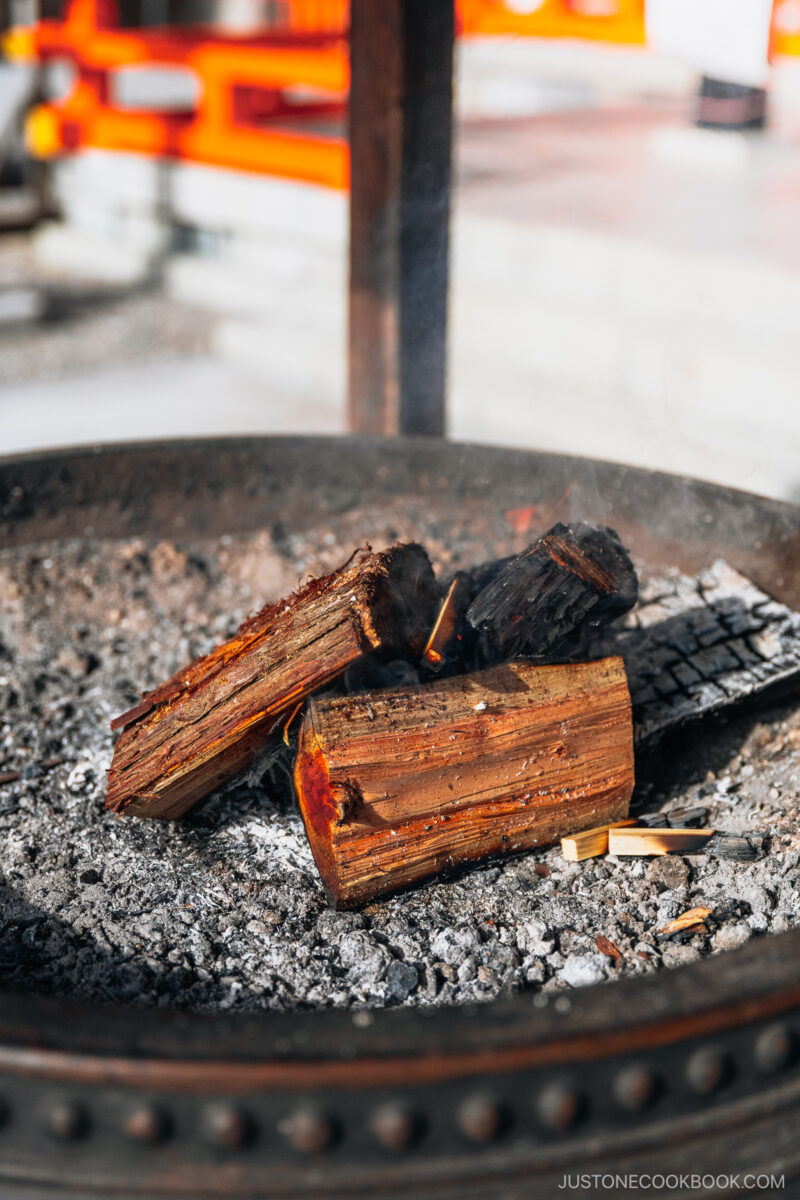

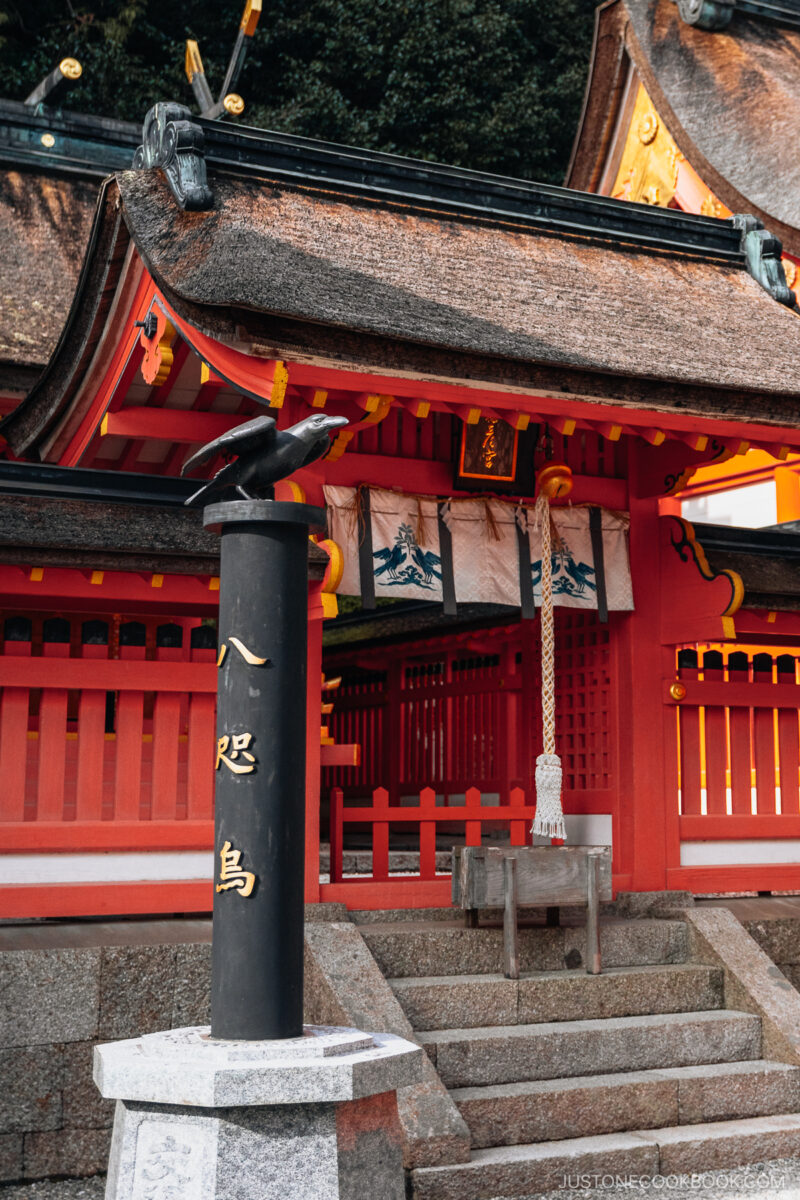

The treasure hall has an entrance fee of 300 yen, where you can see historic art and artifacts. Look out for the karasu-ishi (the stone of Yatagarasu), a three-legged crow and helper to the legendary first emperor of Japan, Jimmu.
Seigantoji at Nachi Falls
Next door is Seigantoji (那智山青岸渡寺), a Buddhist temple once joined to Kumano Nachi Taisha. It is now one of Japan’s few remaining shrine temples following the separation in 1868. Legend states that Ragyō Shōnin, a monk from India, stumbled across the area while finding a place to practice his austerities. During his training under the waterfall, it is said he saw Kannon, the God(dess) of Mercy.
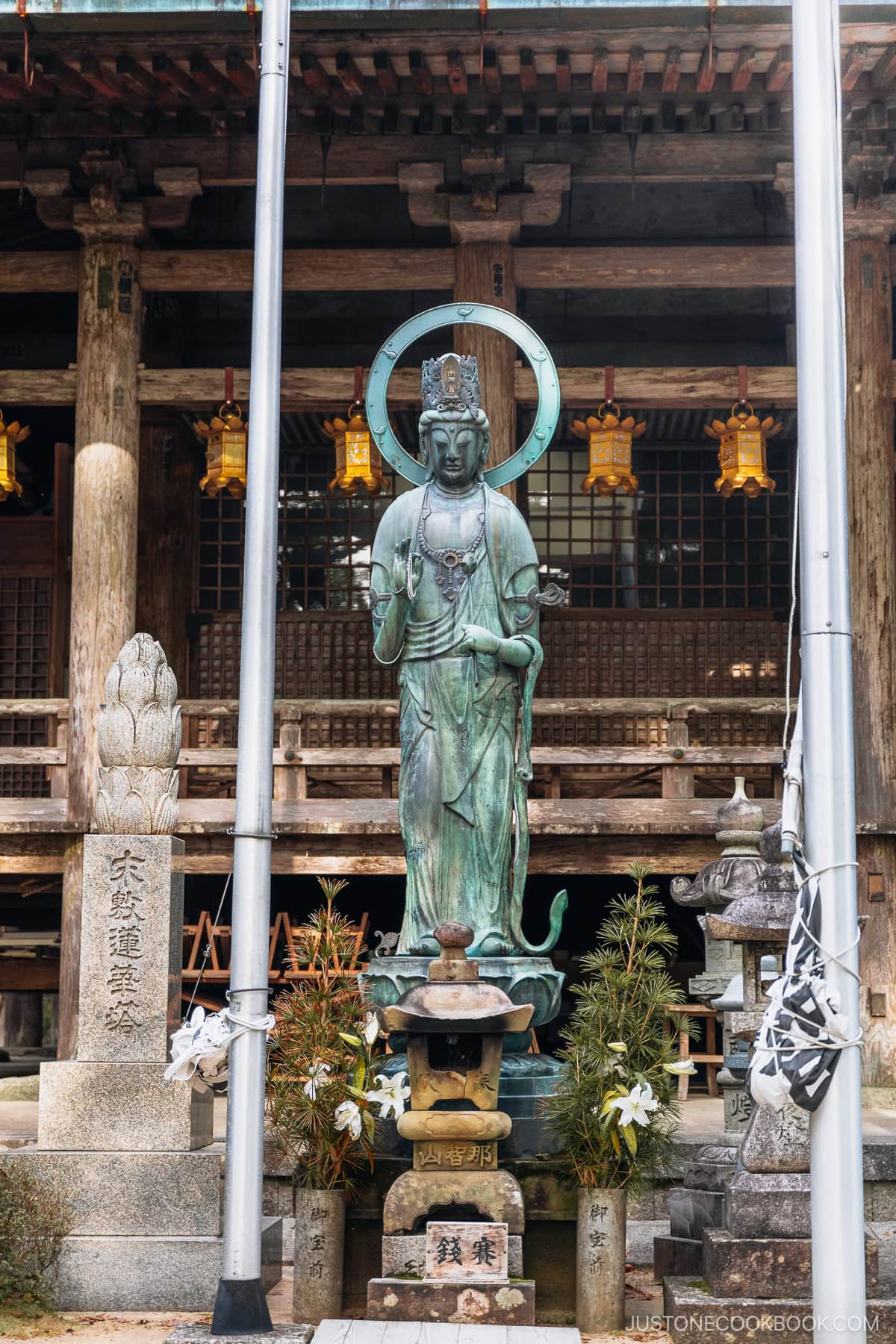

Approximately 200 years later, a hall was constructed under the reign of Emperor Suiko (593-628). While the original structure was destroyed, the main temple was rebuilt in 1587 entirely out of wood.
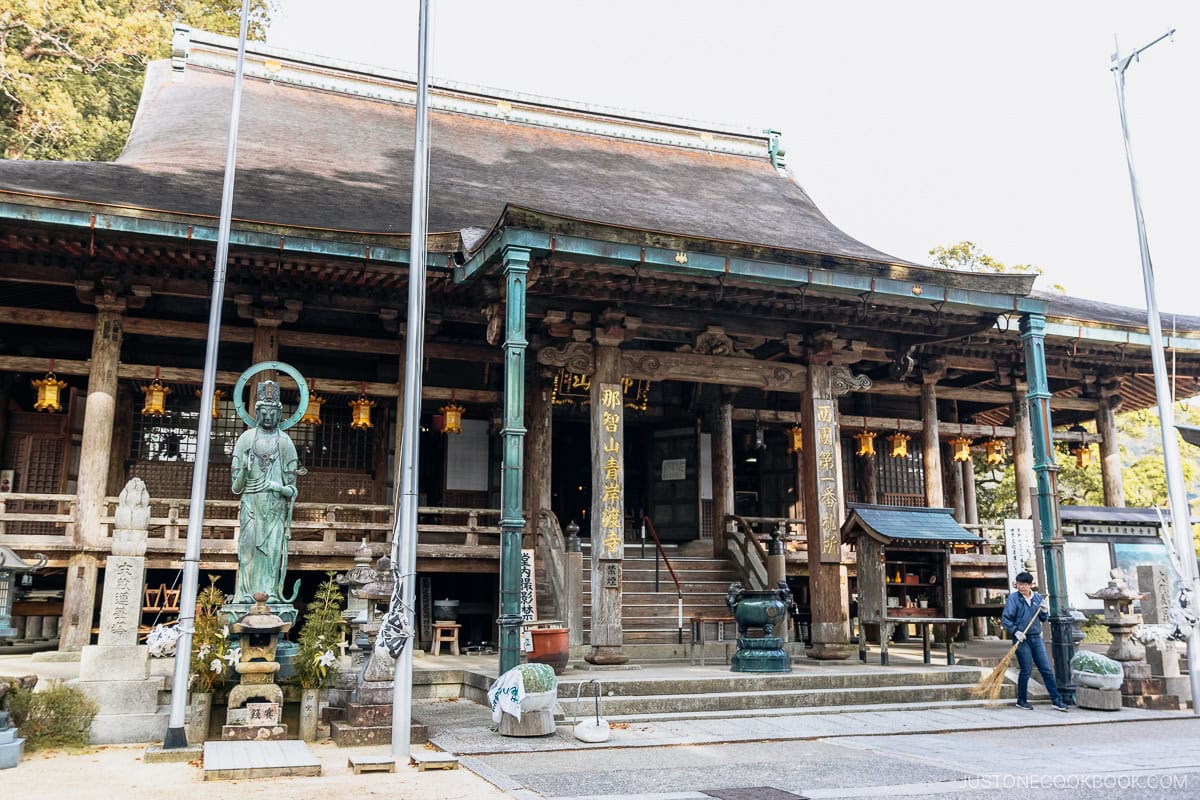

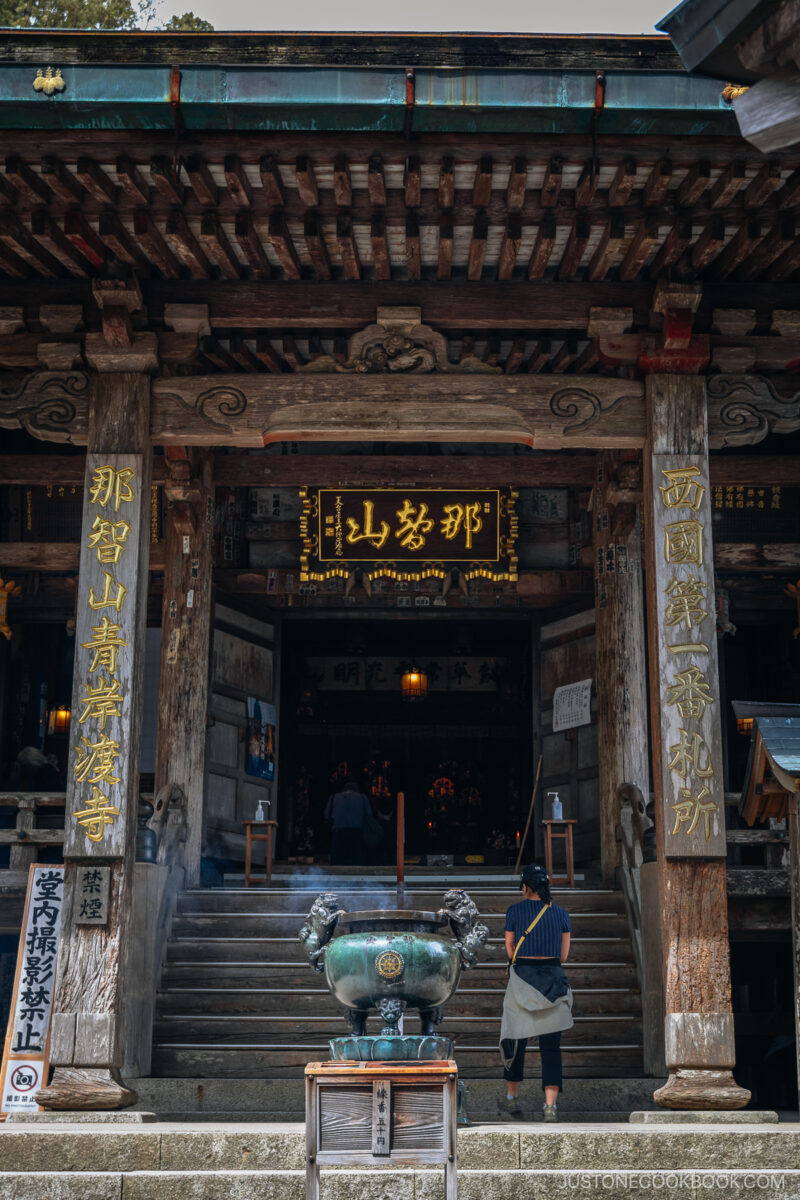

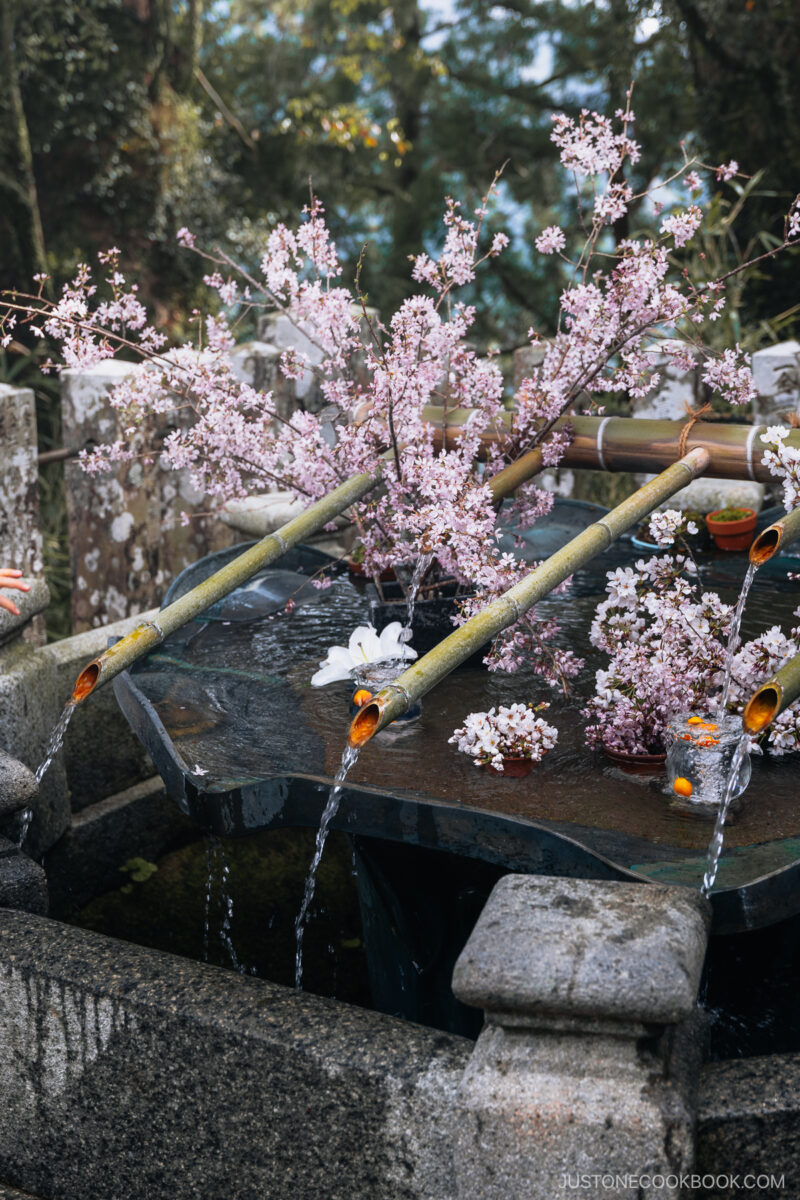

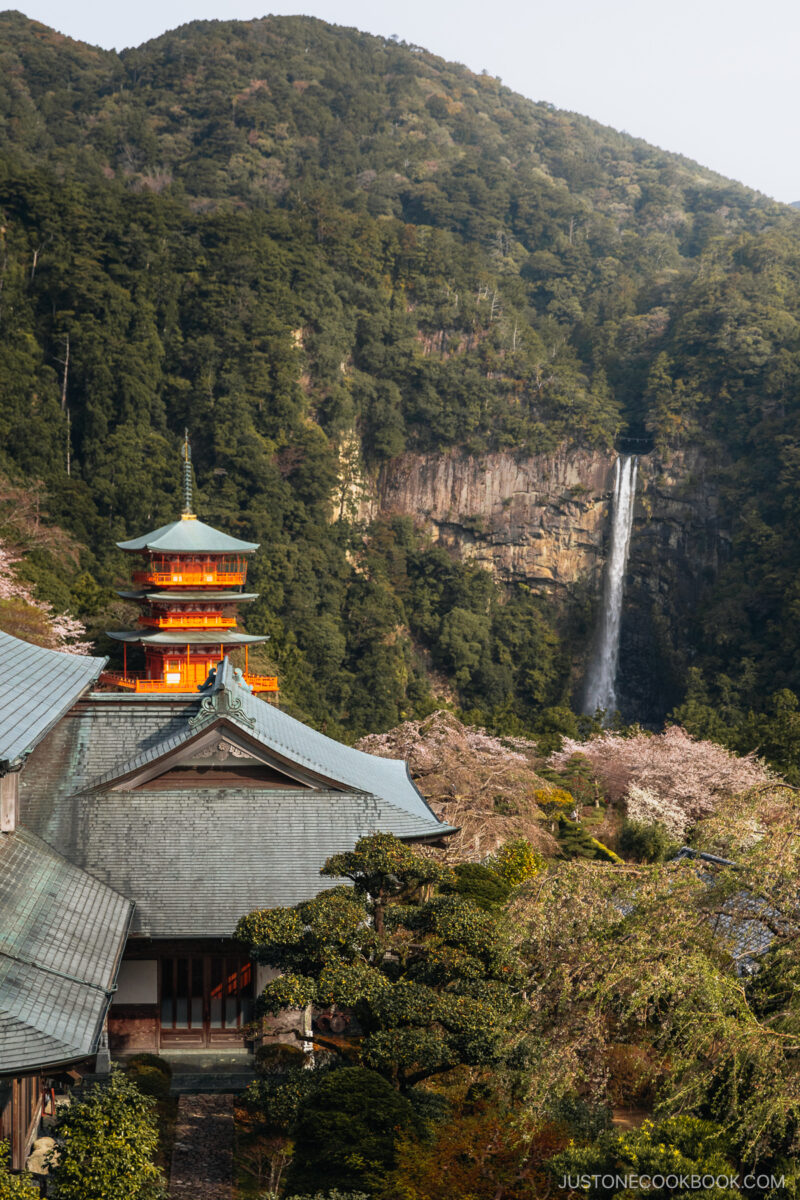

You can view the traditionally tiled Japanese roofs from the temple grounds with the three-story pagoda and waterfall in the background.
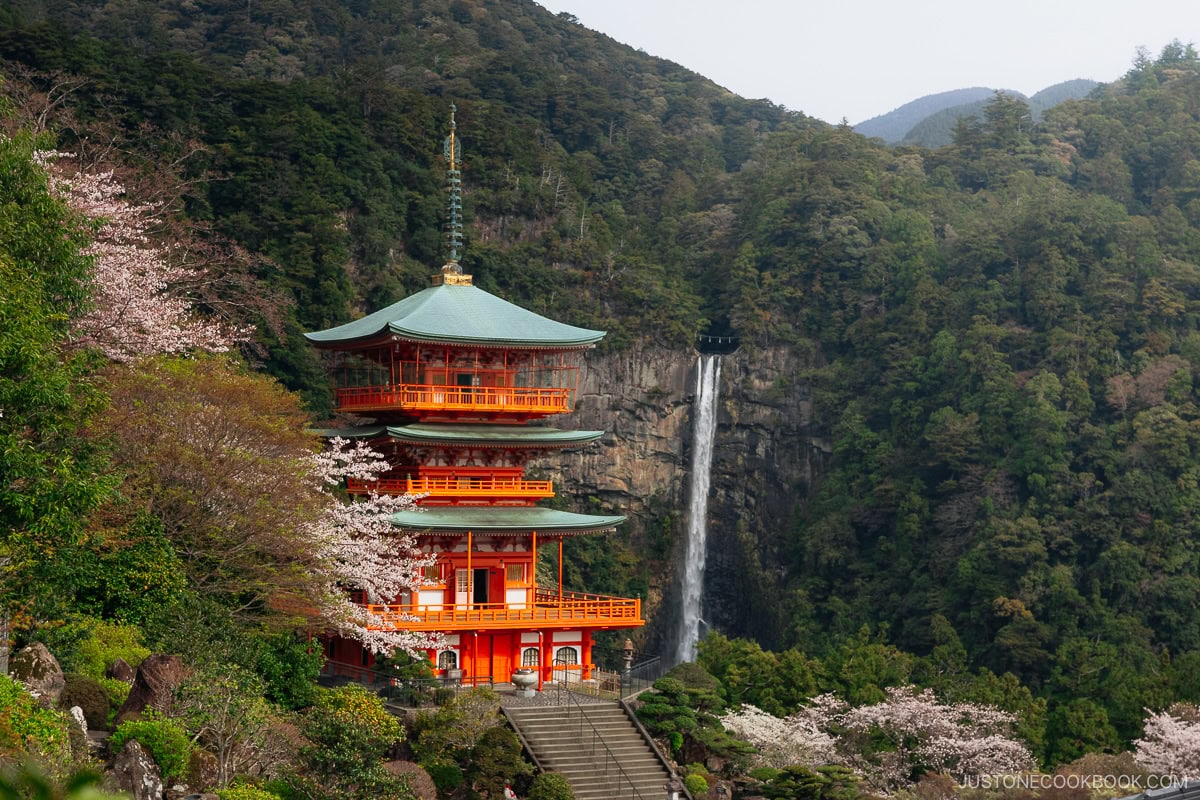

Seigantoji Pagoda
Descend a little further, and you’ll see the iconic view of the pagoda and waterfall. The pagoda opens at 8:30 am, so if you want a picture with no people, you must arrive before then. Sometimes, pictures can trick you by being edited, but the view here was nothing short of incredible. I don’t think any picture can do it justice, especially if you arrive early in the morning with no people and just the sound of the birds and waterfall echoing throughout the mountains.
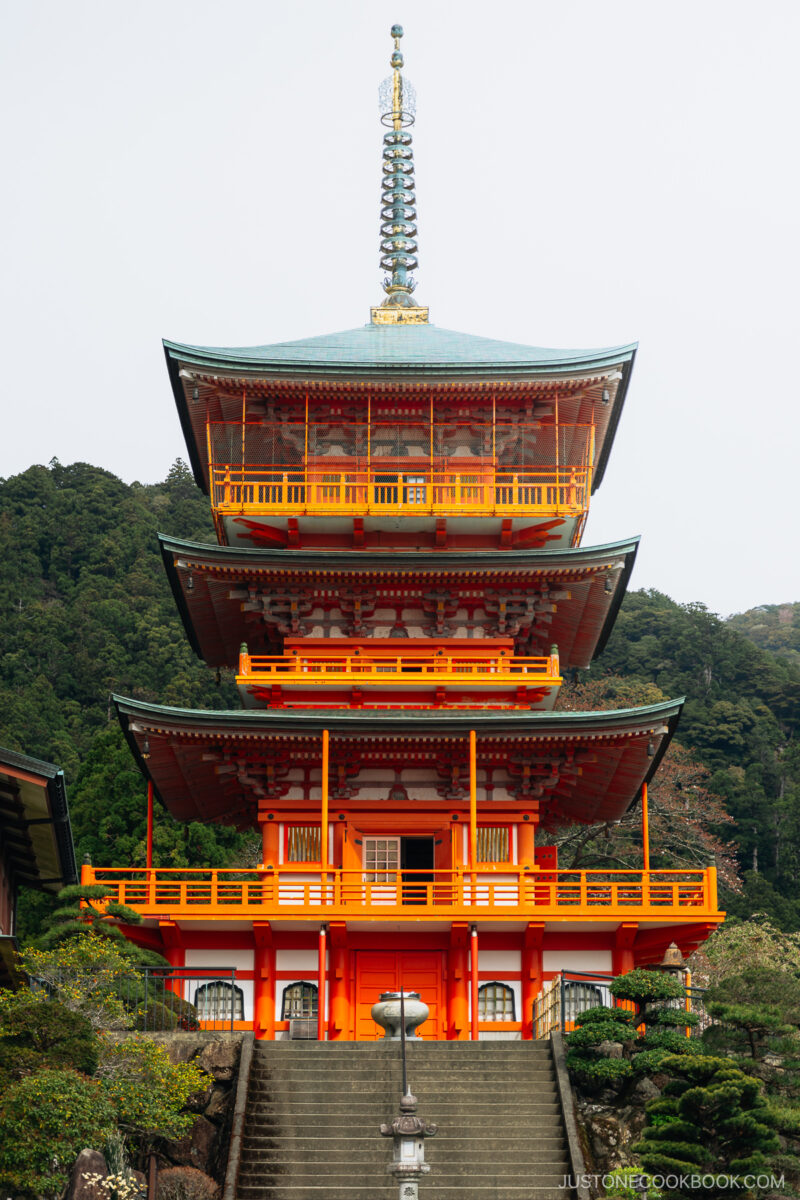

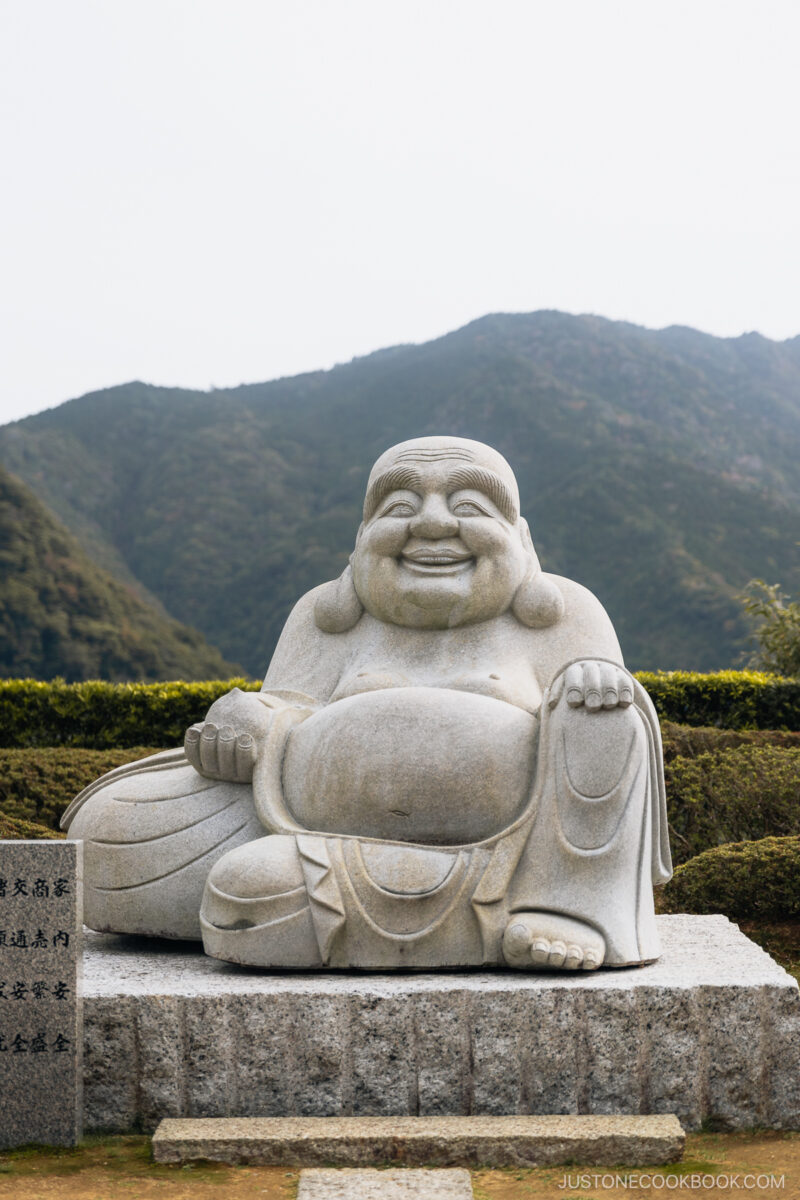

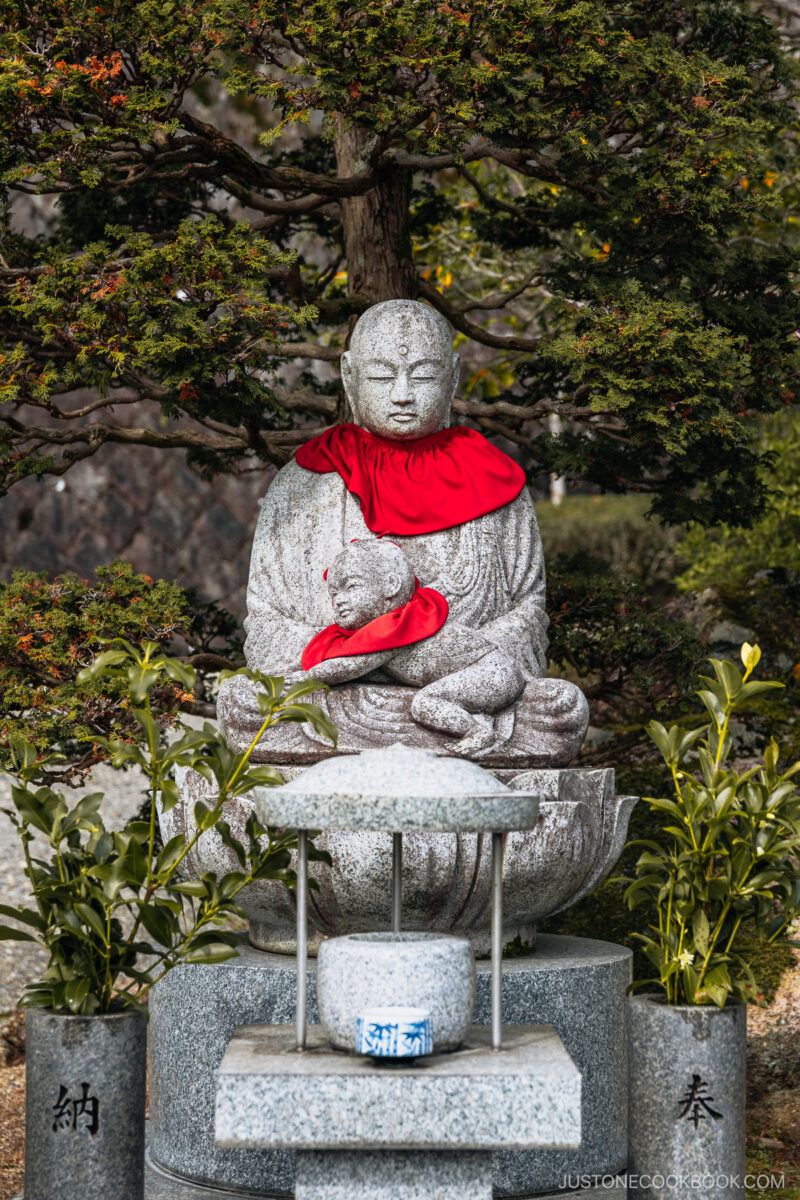

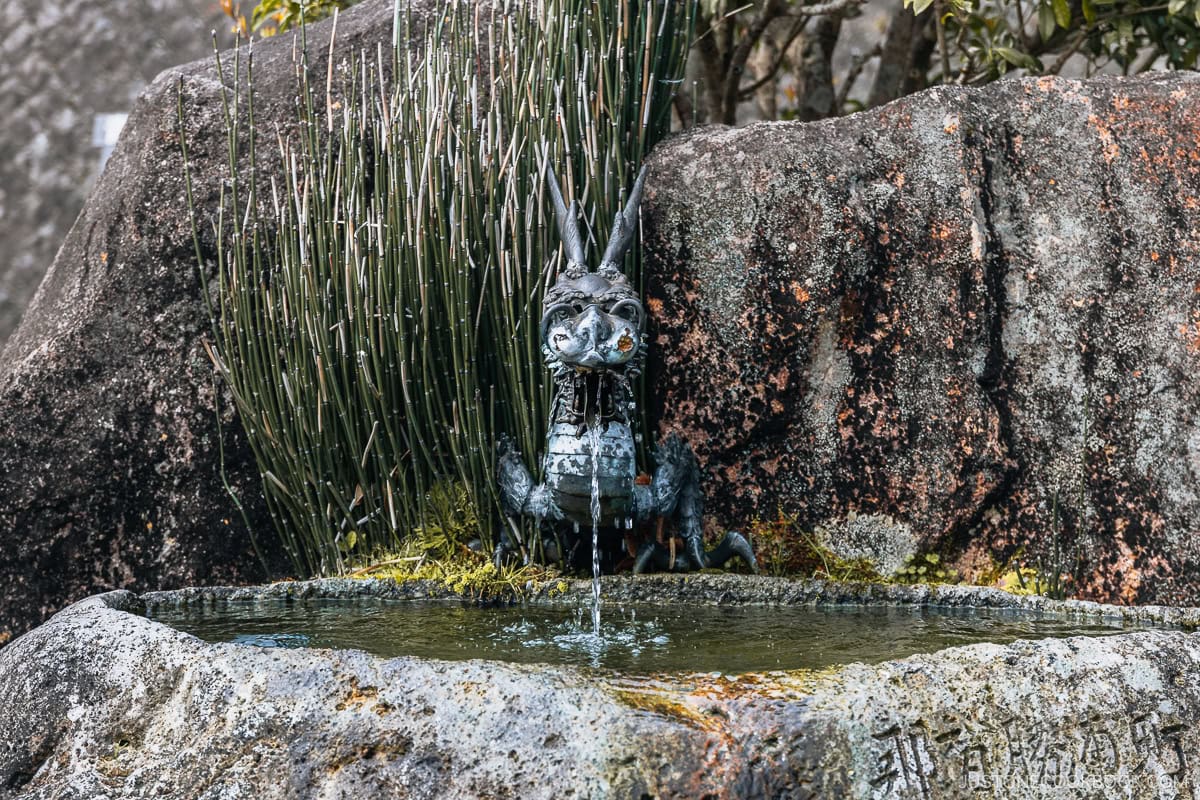

The pagoda opens at 8:30 am and charges an entrance fee of 300 yen. The original pagoda burned down in 1581 due to civil unrest, and a new one was constructed in 1972. Each floor contains a statue of a different deity.


- First Floor: Fudo Myo-o, who appears in many stories at Nachi Falls.
- Second Floor: Amida Buddha, who presides over the Pure Land paradise in the west.
- Third Floor: Thousand-Armed Kannon, the bodhisattva of compassion.
- Outside the third floor, you can walk around the balcony, granting views over the area and an interrupted view of the waterfall.
fashion mochi
After exploring, it’s time to stop for some food at Moudemochi.
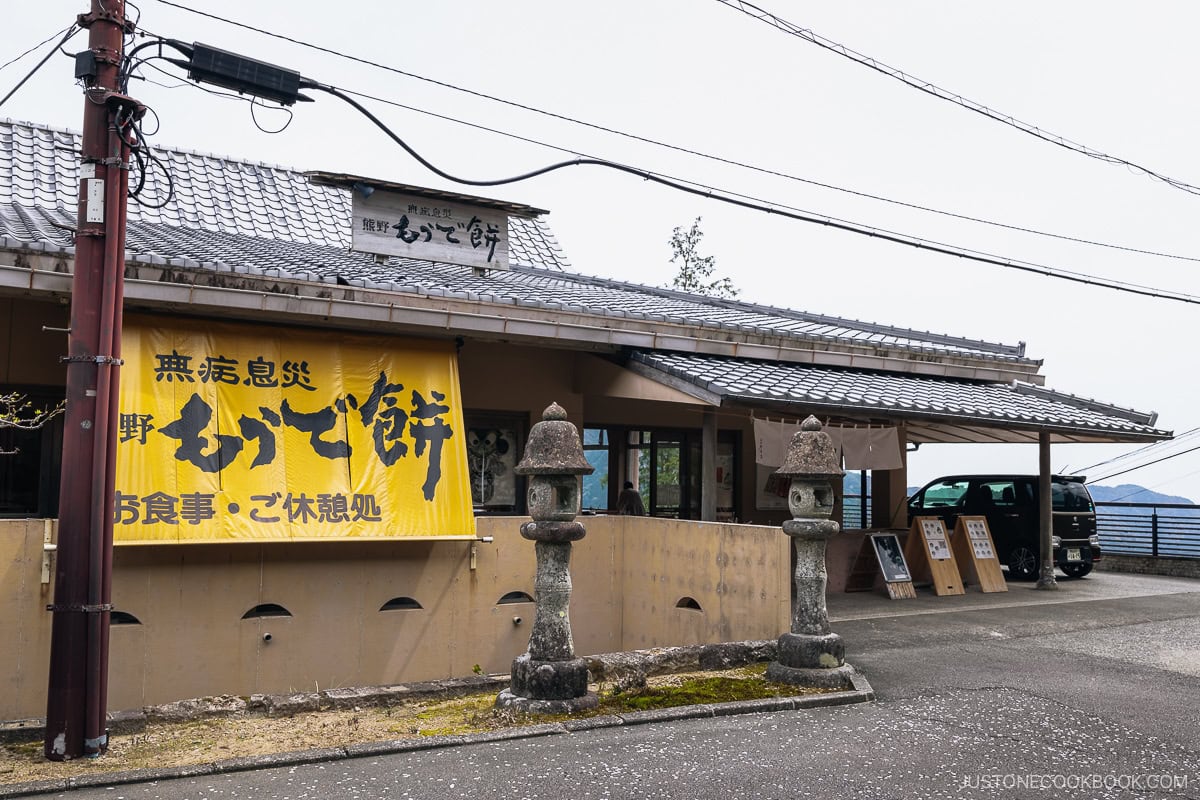

They offer a wide range of dishes, from soba and udon noodles to wagashi (traditional Japanese sweets) and matcha. I picked up The “Moude” soba, which came with some grated daikon (horseradish) and meharizushi (rice ball wrapped in mustard greens pickled in salt).
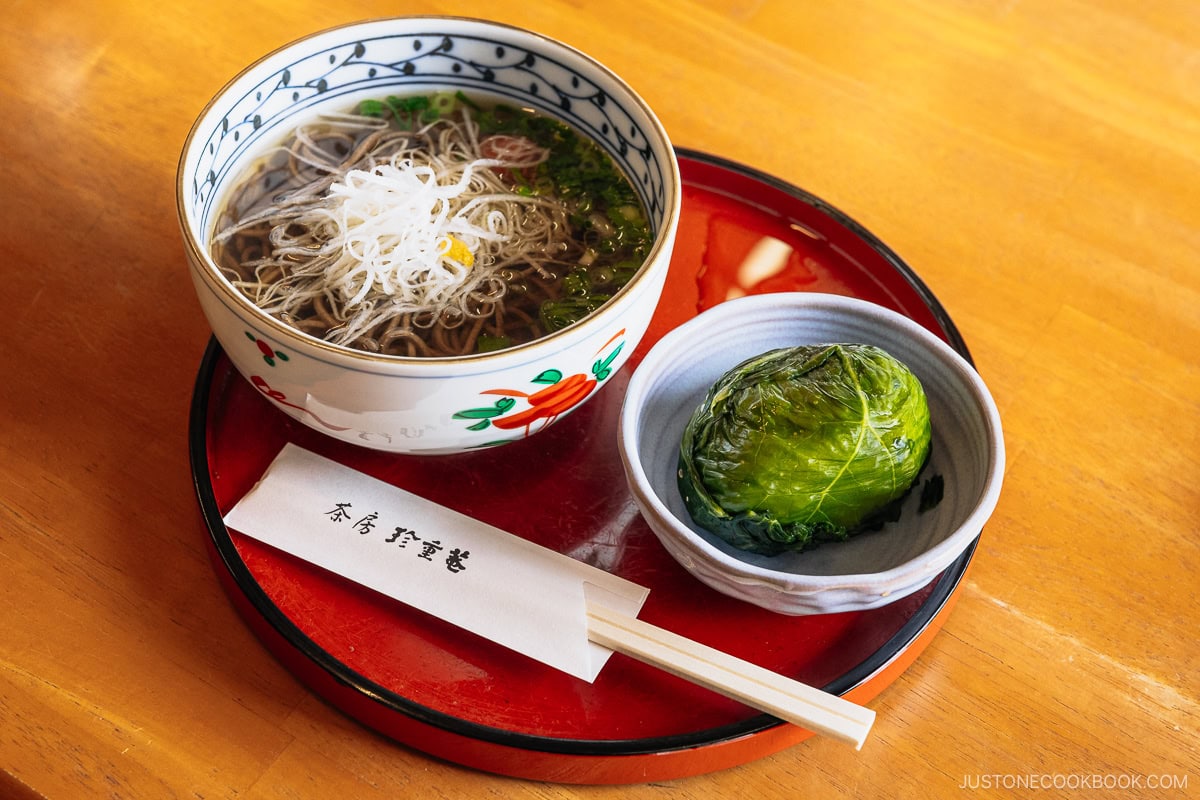

Meharizushi has been a popular “fast food” for agricultural and mountain workers since ancient times in the Kumano region. It’s a simple dish with a slight tang and refreshing taste from the pickled mustard greens but hearty with all the rice to energize you for more exploring!
Hiro Jinja
The final spot is the Hiro Jinja, an auxiliary shrine to Kumano Nachi Taisha. Marked by a beige torii gate, descend the stone stairs to the base of Nachi Falls. Here, you can admire the waterfall in all its glory and the beautiful surrounding greenery.
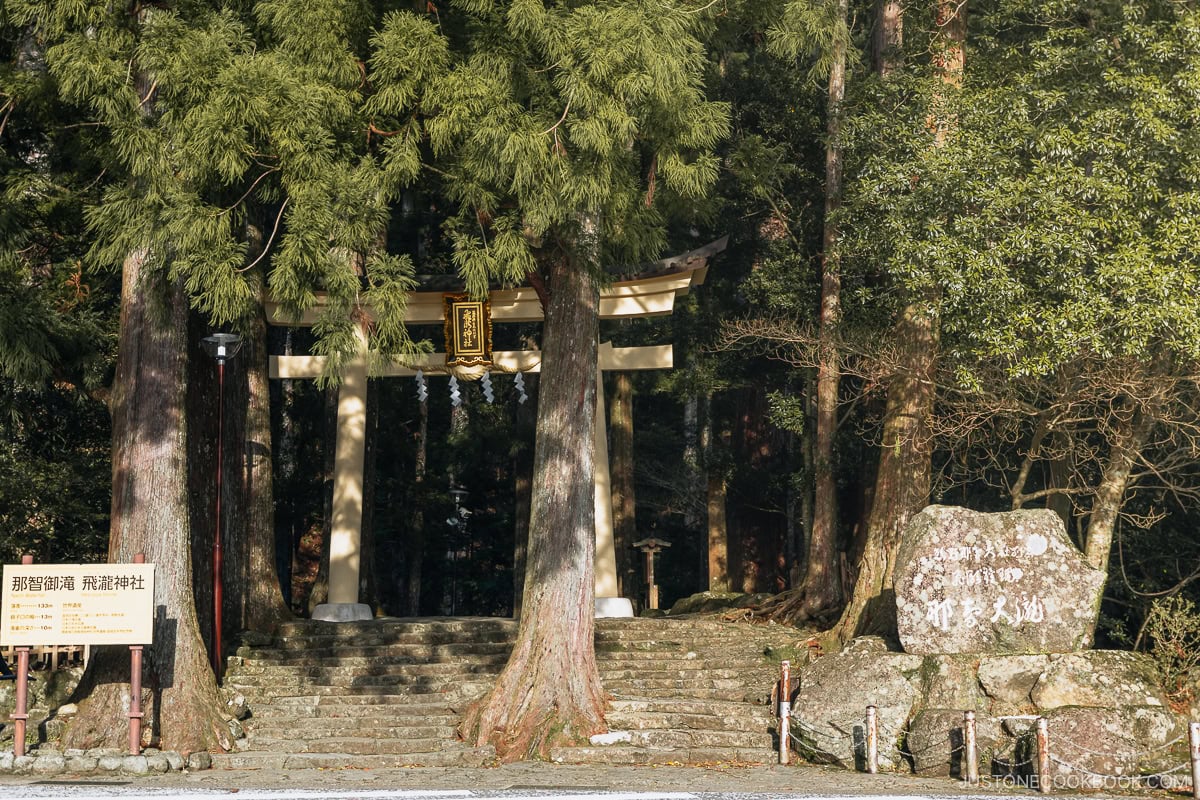

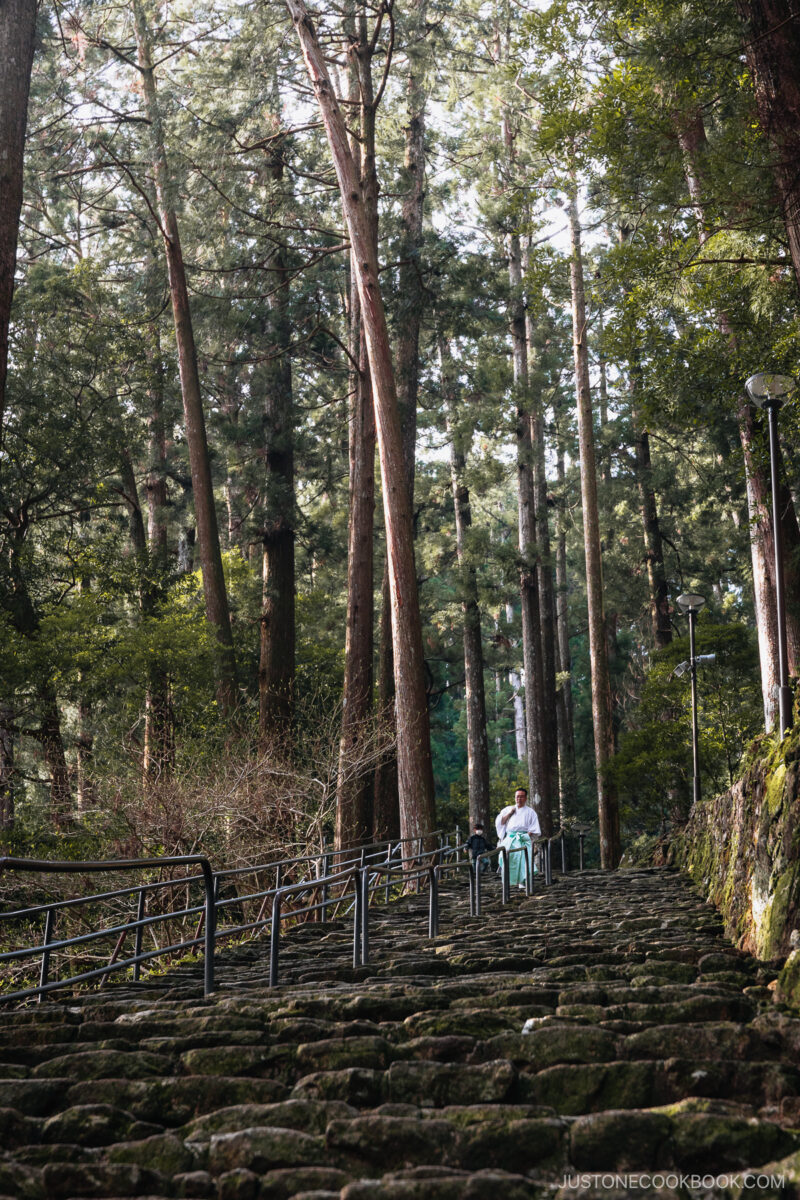

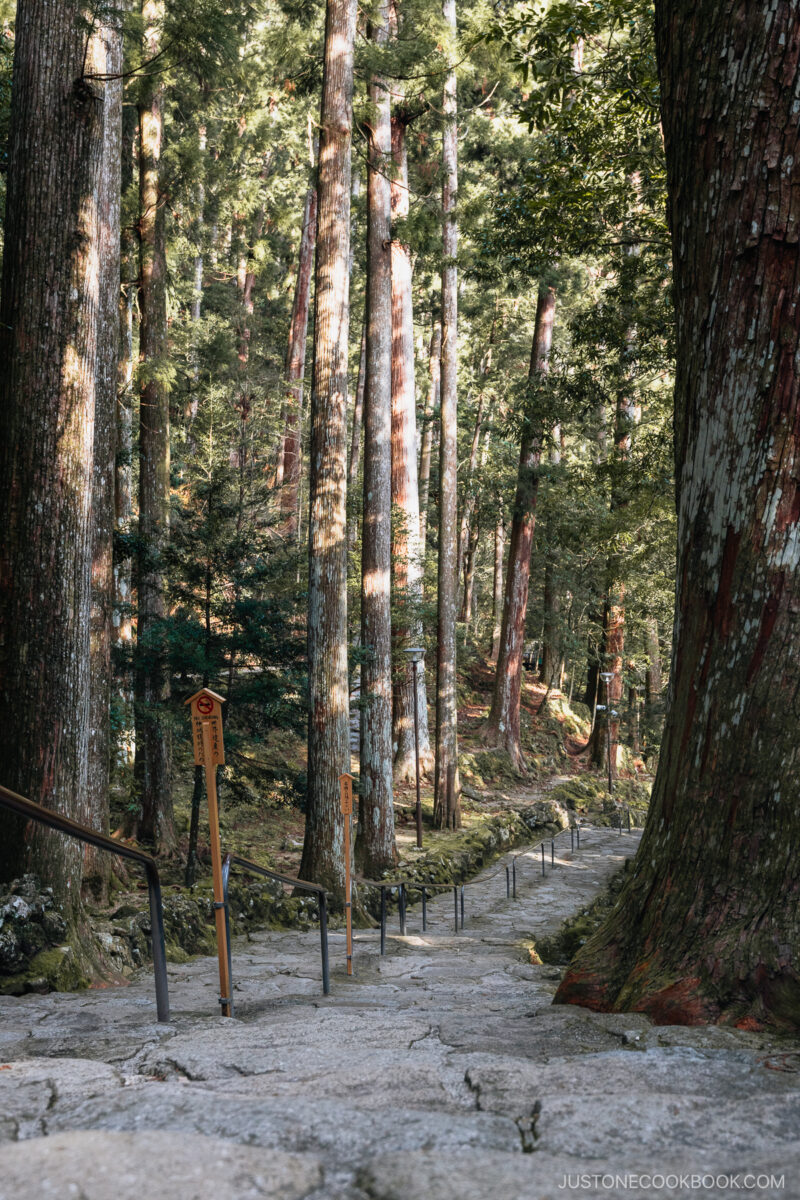

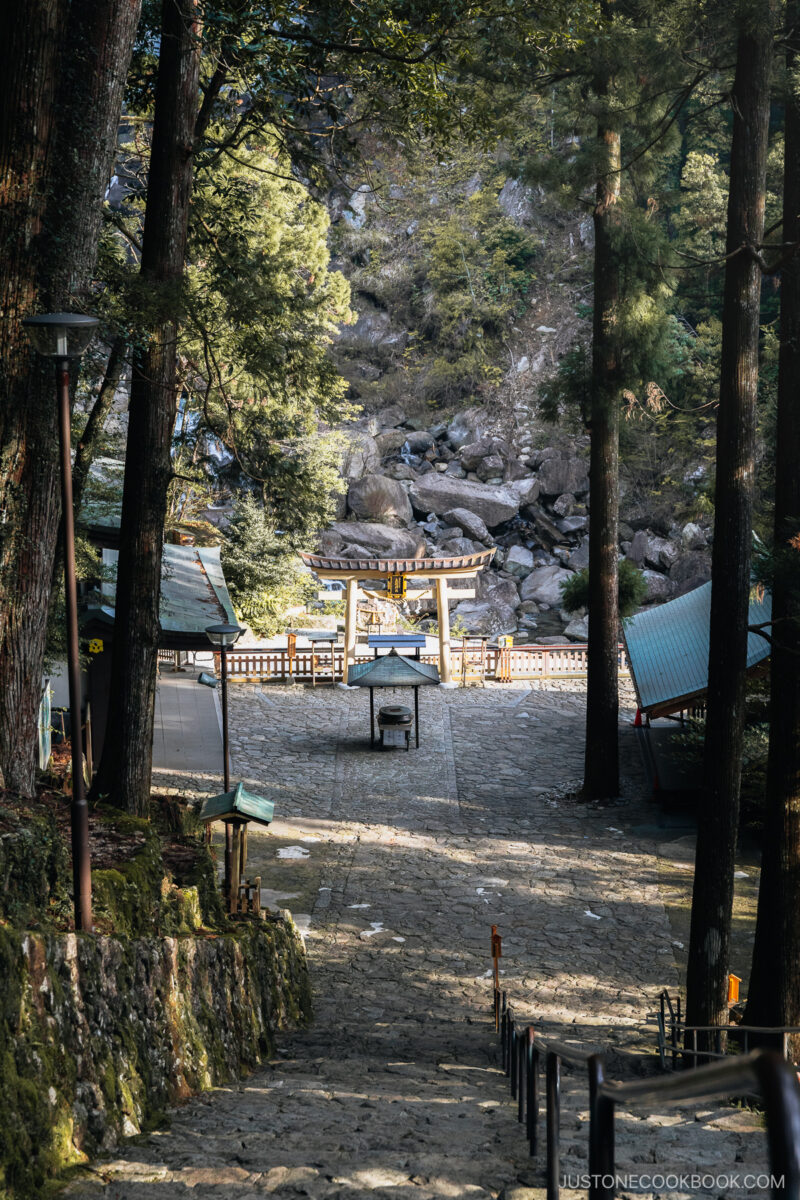

While the shrine has no worship hall, visitors can pray while facing the waterfall.
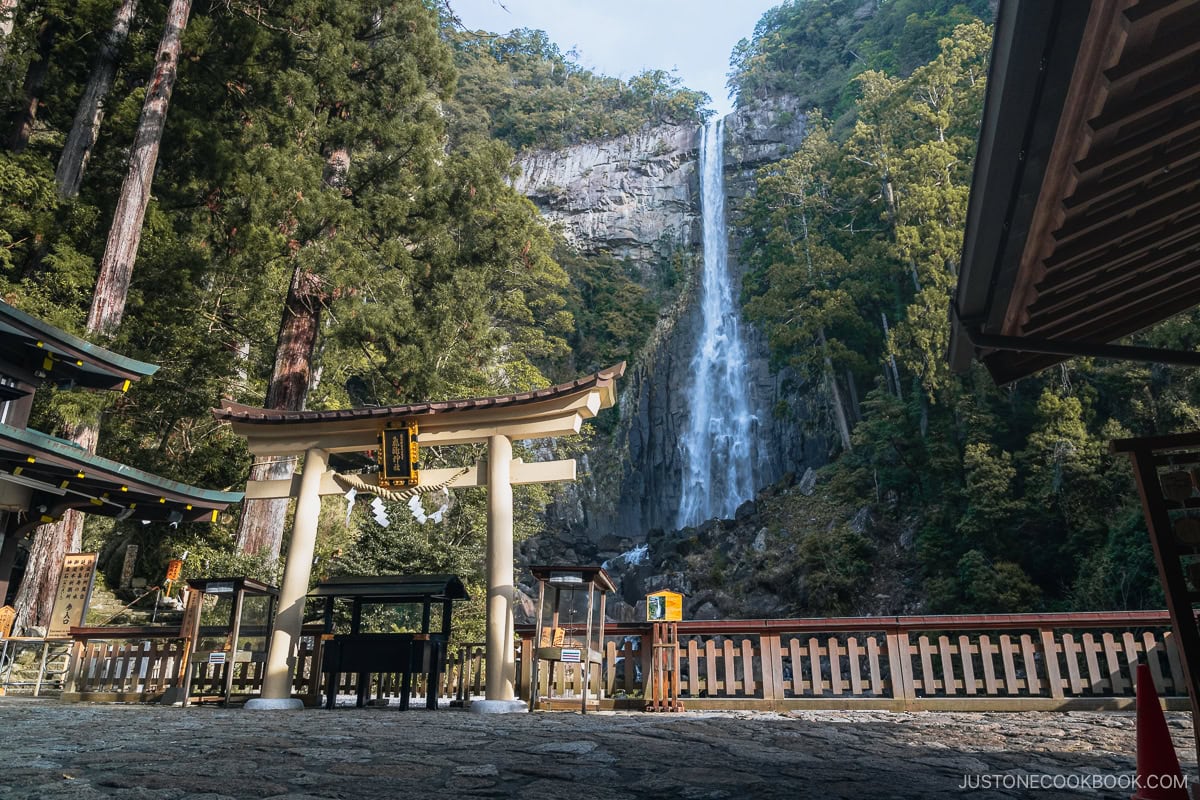

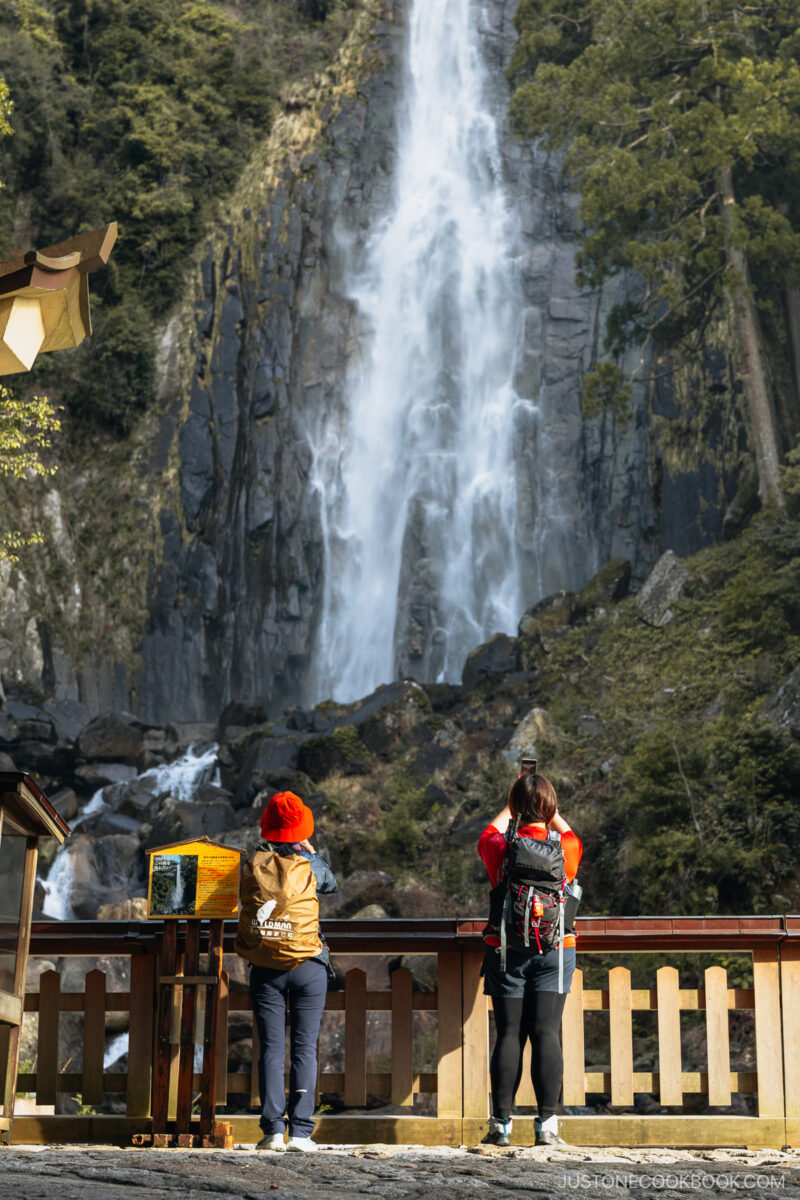

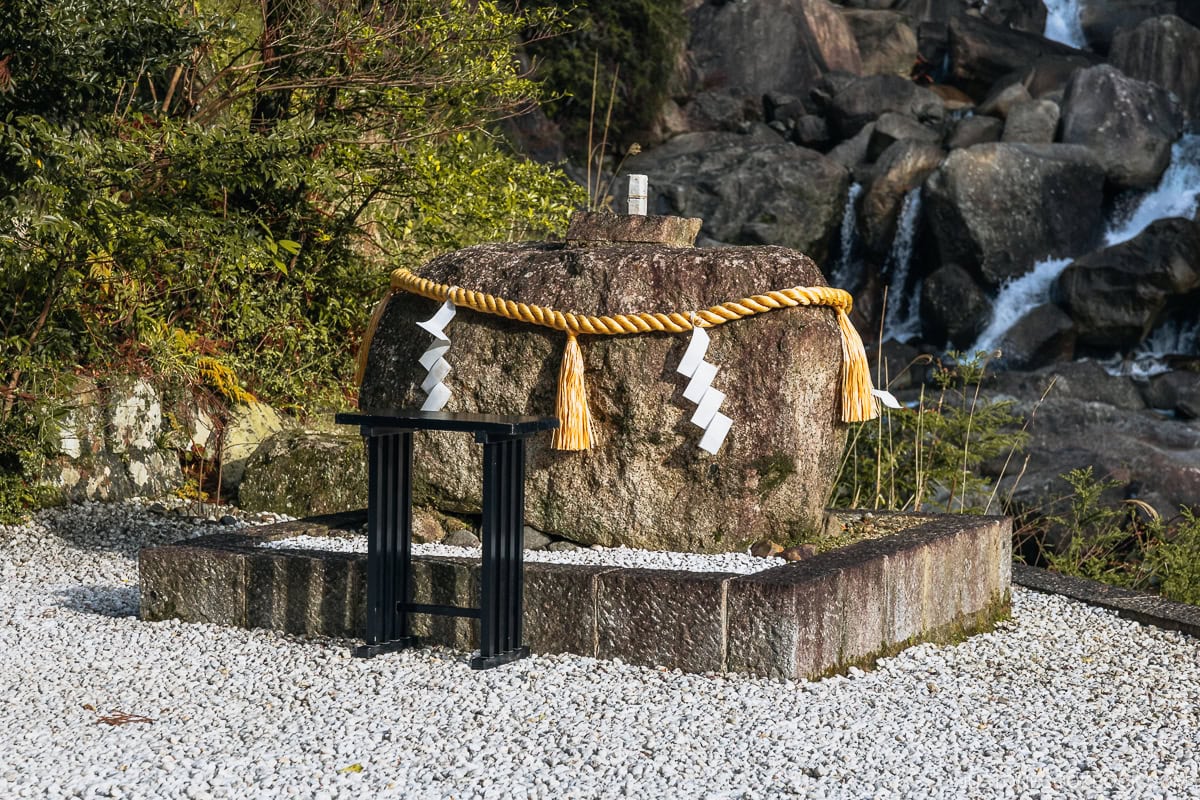

You might have noticed that throughout the grounds, there are dragon-shaped sculptures, such as the chozuya (water basin). It is said that a dragon god resides in the waterfall and helps protect it. At Hiro Jinja, for an additional ¥100 (~US$0.67), you can drink the holy water from a dragon head-shaped fountain, which is said to give a long life and good health.
So that’s it for Nachi Falls and one of Japan’s most important shrines, Kumano Nachi Taisha! In addition to the places mentioned, there are many smaller shrines and spots to explore. Take your time wandering around the complex and enjoying the magical scenery and rich history.


